Castle ruins in Sweden and old castles are so cool with all the excitement and mystery. What really happened over several hundred years that put the signature on the ruins, which we look at and are drawn to. History is in the walls and here come the cool castle ruins. Join us!
Innehållsförteckning
Erik Dahlbergh 1625-1703
In the 17th century, Sweden wanted to promote itself as a large, powerful and beautiful country. Erik Dahlbergh was Count of Skenäs, Baron of Stropsta, Lord of Werder, a royal councillor, field marshal, governor-general of Livonia, chancellor of the Dorpat Academy and director-general of the national fortifications. Erik was commissioned to produce sketches of castles, churches and important people and have them engraved.
All the old sketches are still there and many of them are made in engraving The book Suecia antiqua et hodierna (Ancient and Modern Sweden) is the most important pictorial work in our history. Suecia work can be found online or at the Royal Library at Humlegårdsgatan 26 in Stockholm.
Castle ruins in Sweden
We travel through Sweden and write about destinations, castles, castle ruins, castles, churches, church ruins and monasteries. Here are 21 cool castle ruins in Sweden!
1. Mörby castle ruins at Rimbo
Mörby was a farm in the 14th century, which was expanded into a Renaissance castle in the mid-16th century by Gabriel Kristiernsson Oxenstierna. The castle is said to have been one of Uppland's most beautiful castles and the additions just kept on coming.
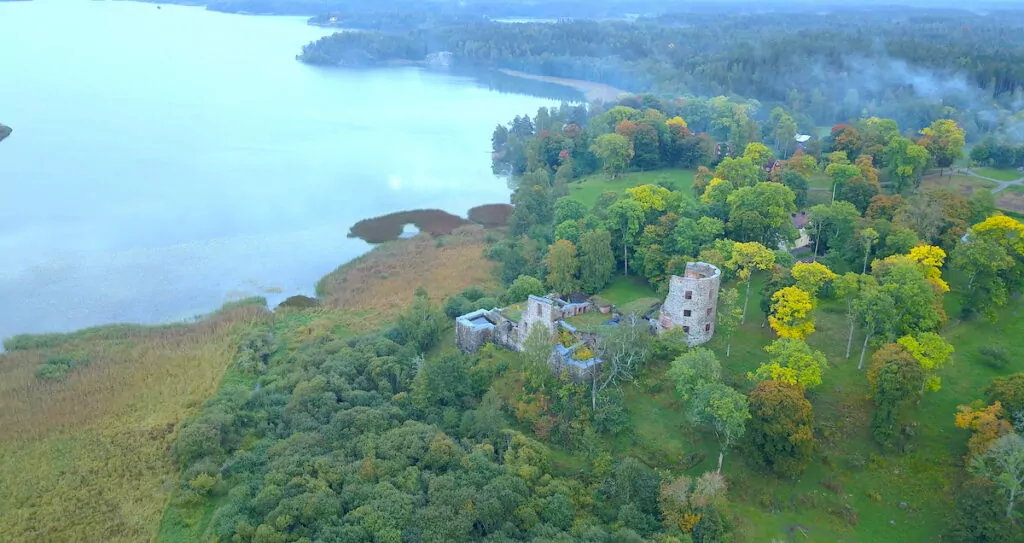
It was originally conceived as a defensive castle with two towers, a gate tower with wings and a large wall. In the 1630s, the castle was extended with two hanging towers and the entire castle was raised one storey, and in the mid-1650s an orangery was added to the castle garden.
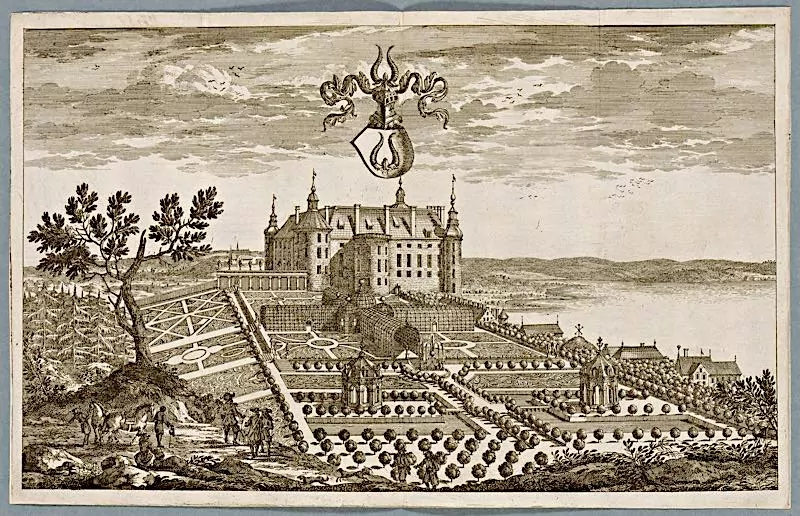
In 1700, the money ran out and the castle slowly began to deteriorate. In 1728, the castle was bought by Arvid Horn who intended to renovate the castle, but according to calculations it would be far too costly. The entire roof was covered in copper, which was very valuable, and it was taken and moved to the neighbouring Ekebyholm Castle. In 1740 the castle burned down and stones from the castle were used to build the nearby Fasterna church. Today, nine different bat species periodically inhabit the ruins. Mörby Castle Ruin is on private land and should therefore only be visited when and if it is open.
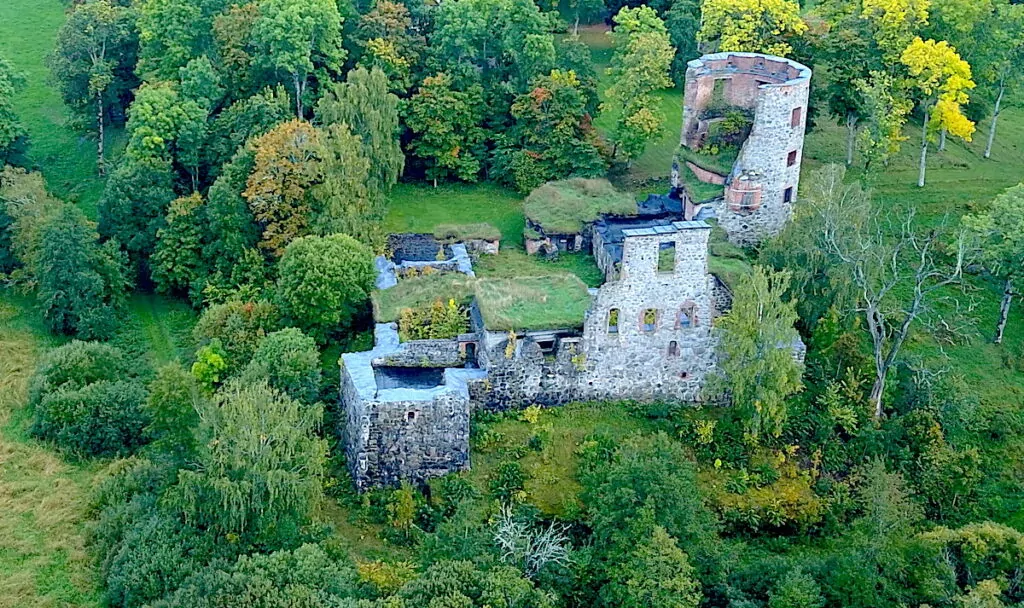
Find here: Mörby castle ruin is located outside Rimbo in Norrtälje municipality, Uppland. The castle ruin is on private land but it is possible to see it at a fairly close distance. Park at Fasterna church and walk 5 minutes.
2. Kägleholm castle ruin in Arboga
In the Middle Ages there was an estate here and the owner, Ulf Månsson, was a magistrate in Närke and the husband of St Birgitta. In 1541 Gustav Vasa bought the estate and named it Kägleholm. In 1674 the chancellor and count Magnus Gabriel de la Garde inherited the entire estate from his mother Ebba Brahe.
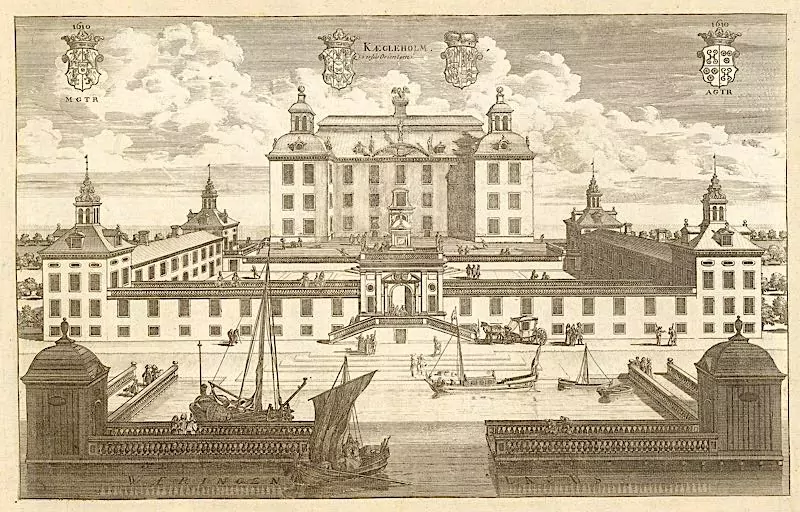
Everything that Magnus Gabriel de la Garde came across was to be refined and rebuilt into magnificent castles. De la Garde already owned Karlsberg Castle in Stockholm, Makalös Castle in Kungsträdgården, Venngarn Castle in Sigtuna, and Läckö Castle in Västergötland on Lake Vänern, and the architect Nicodemus Tessin the Elder was employed as usual.
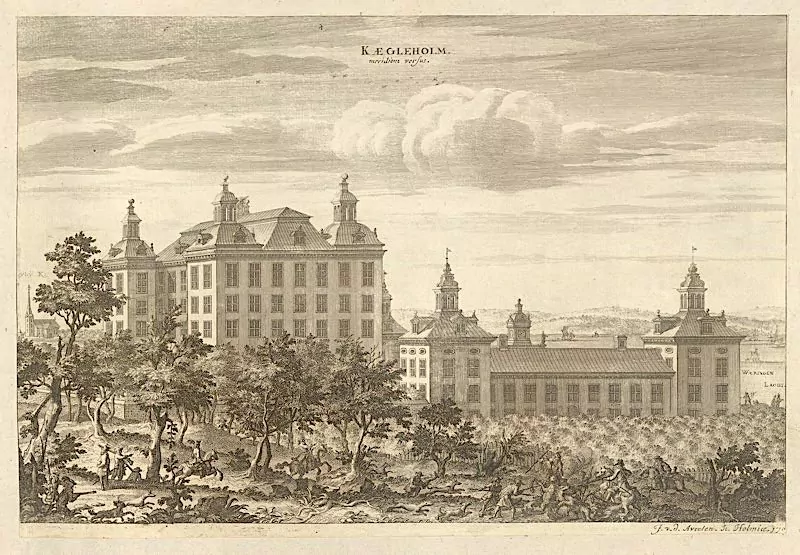
A third storey was added to the existing main building and the courtyard was remodelled and the Ödeby church was also rebuilt at the same time. In the latter part of the 17th century, the state withdrew many of the nobility's properties and de la Garde was left with Venngarn Castle, where he later died.
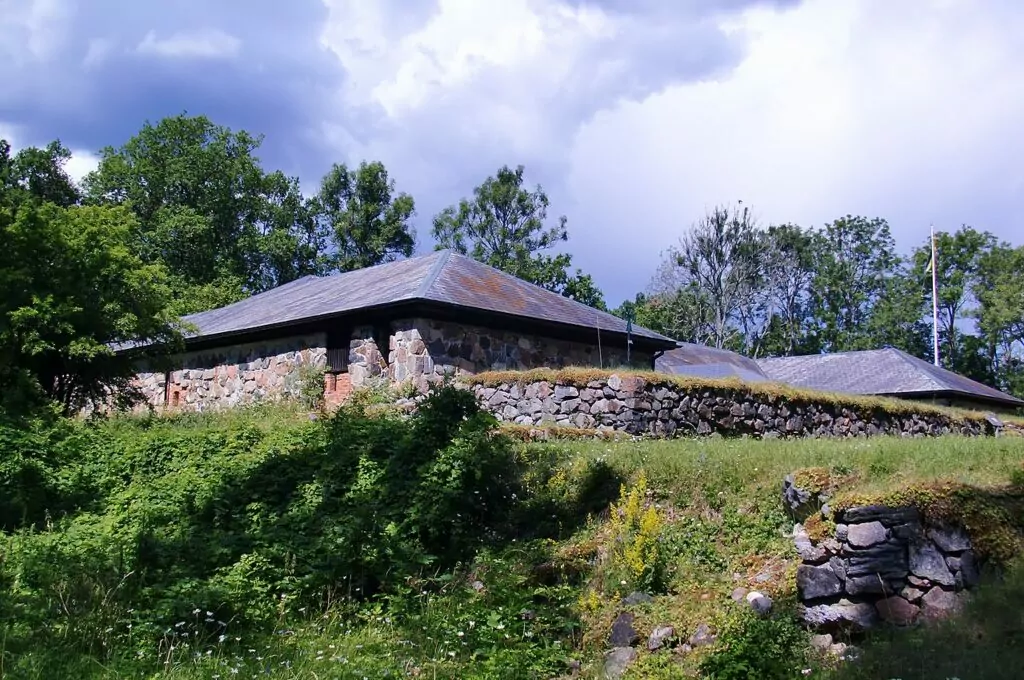
In the early 18th century, Charles XII was at war with Russia and the prisoners taken were housed in Kägleholm Castle. In 1712, the castle burned and was never rebuilt.
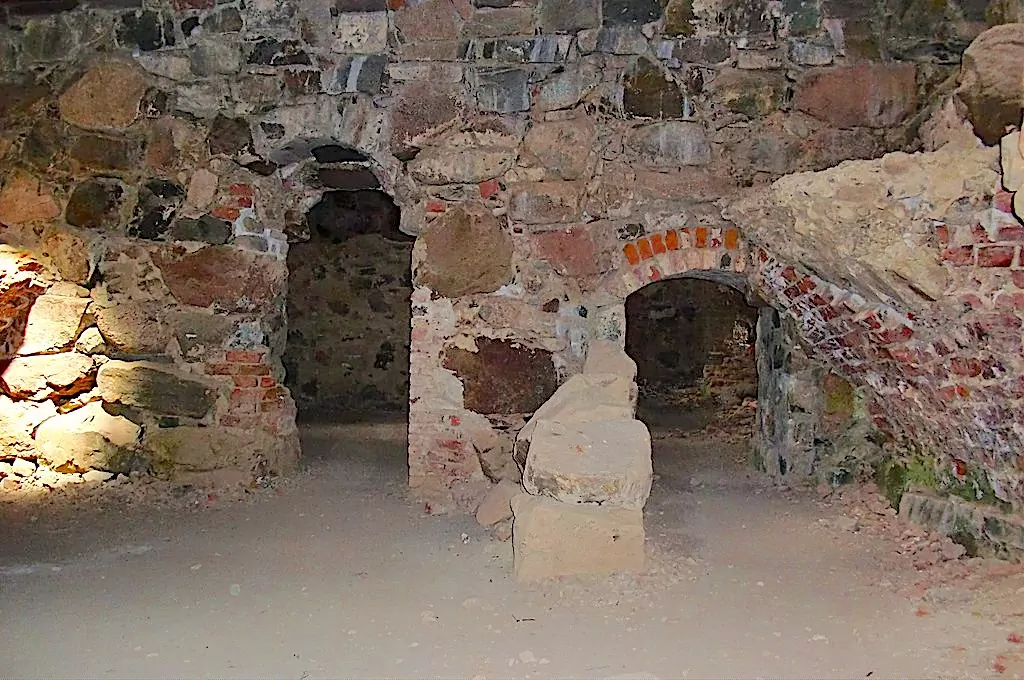
Find here: Kägleholm Castle ruins are located on an island in Lake Väringen about 35 kilometres west of Arboga.
3. Nyköpingshus castle ruin in Nyköping
Nyköpingshus was built from the beginning of the 12th century as a medieval defence castle, probably under the leadership of Birger Jarl.
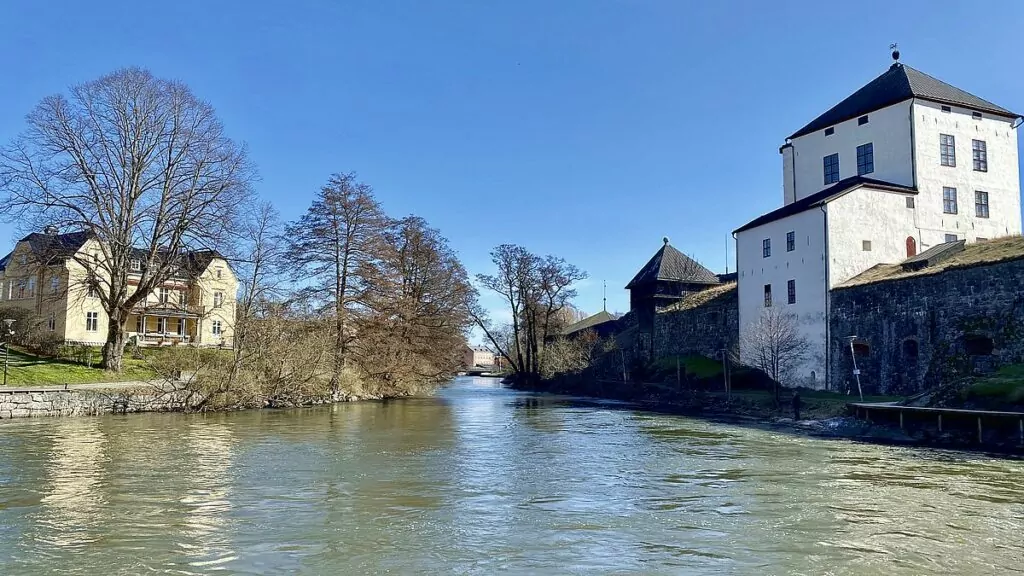
One of the most famous events at Nyköpingshus is what came to be known as Nyköpings gästabud. In 1317, King Birger Magnusson invited his brothers Erik and Valdemar to a party at the castle. However, the party ended with the king locking up his brothers and throwing the key into the river, where they later died.
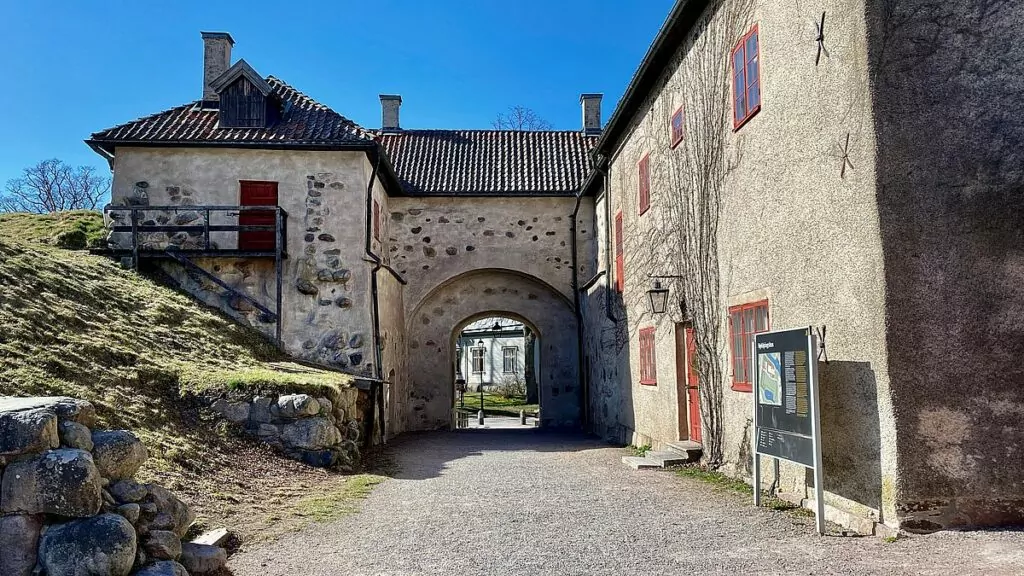
In the 16th century, Gustav Vasa took over the castle and had it extended and strengthened with, among other things, cannon towers. However, the castle retained its medieval character, which only changed when Gustav Vasa's son, Duke Karl, took over. He had the castle rebuilt into a beautiful Renaissance castle.
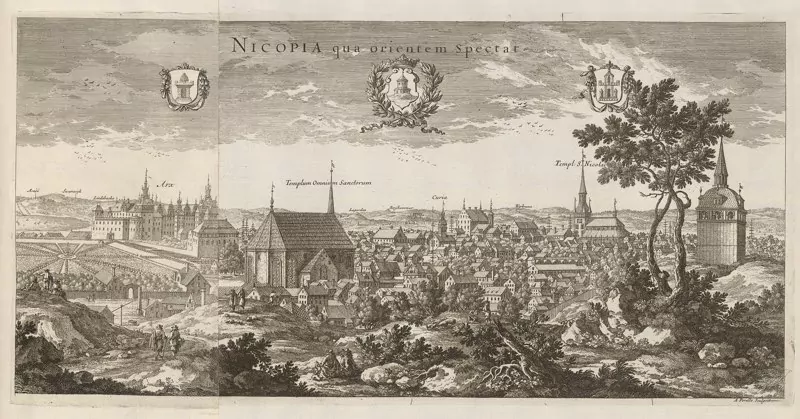
When Nyköpingshus suffered a fierce fire in 1665, the impressive castle also burned down. It was never rebuilt, but the remaining parts were used as a prison and a storehouse. Today, the ruins can be viewed, and in the summer the King's Tower is open for exhibitions.
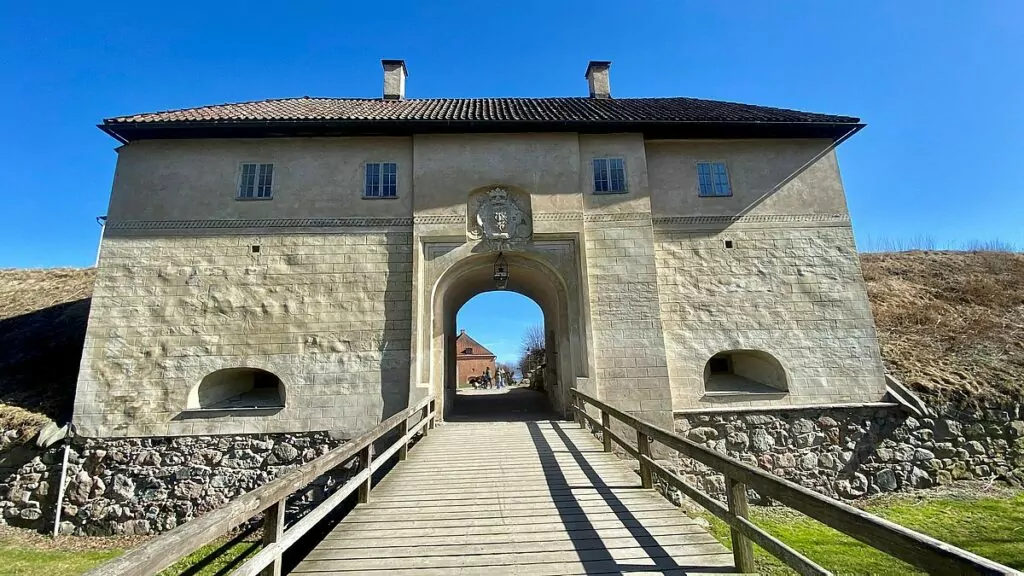
Find here: Nyköpingshus is located by the river Nyköpingsån in the centre of Nyköping, about 10 miles southwest of Stockholm.
4. Johannisborg castle ruins in Norrköping
In 1613, Johannisborg Castle began to be built by Duke Johan of Östergötland as a residence and protection for the city of Norrköping. The Dutch architect Hans Fleming was probably commissioned to build it.
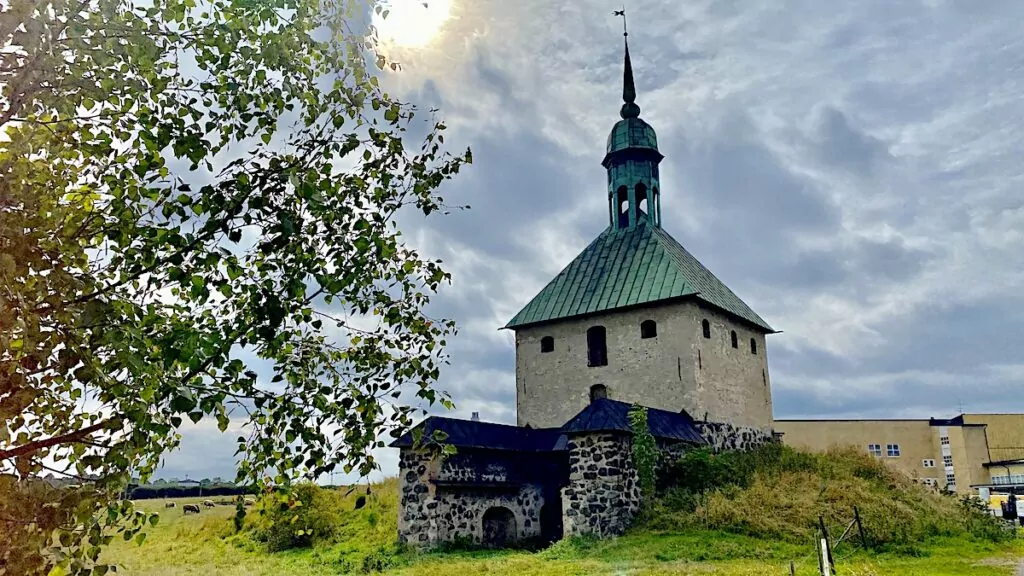
Unfortunately, construction took a long time and by the time the castle was completed in 1639, the Duke and Duchess were already dead.
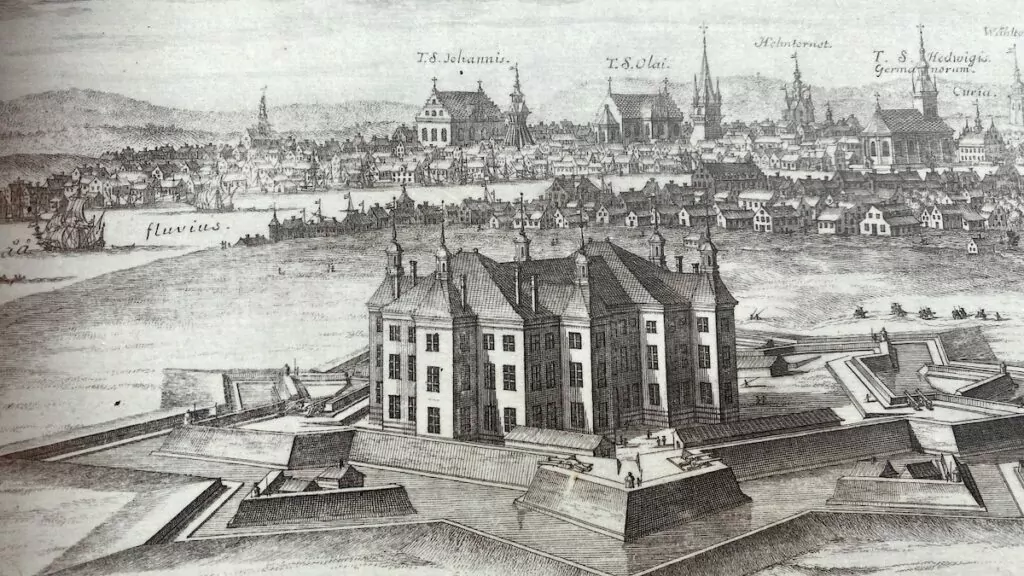
When Norrköping was invaded by Russian troops in 1719, Johannisborg Castle was burned down, along with much else in the city. Stone and bricks from the castle were used for other buildings, but the gate tower was saved. In 1935, Johannisborg was declared a listed building.
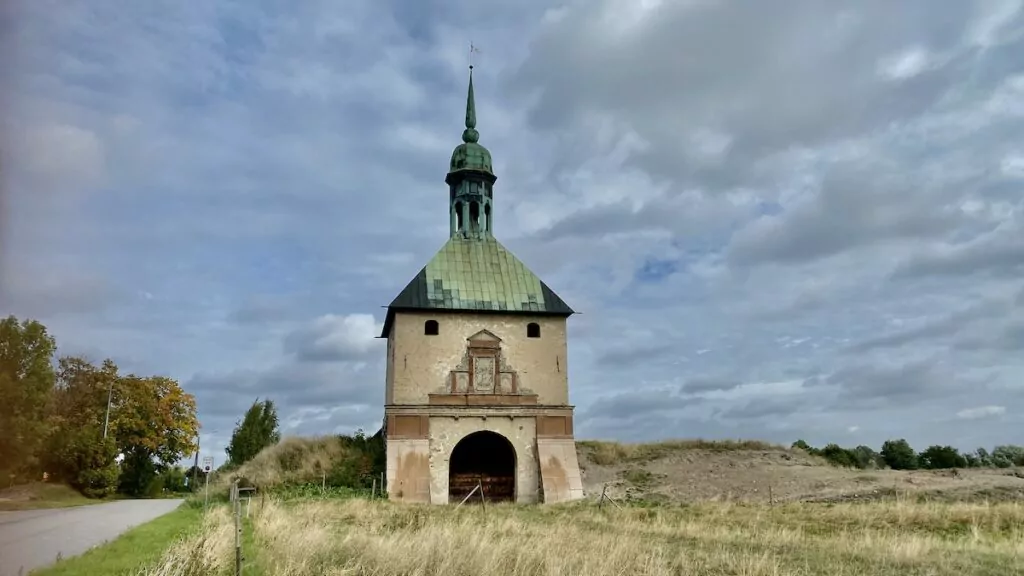
Find here: Johannisborg castle ruins are located north of the Motala stream at the Postnord business centre in Norrköping, Östergötland.
5. Stjärnorps castle ruin in Linköping
Stjärnorps Castle was built in 1655-1662, in what was then the parish of Vreta Kloster, by Count and Field Marshal Robert Douglas. The castle was designed by the well-known architect Nicodemus Tessin the Elder, who was also the architect of Drottningholm Palace, for example.
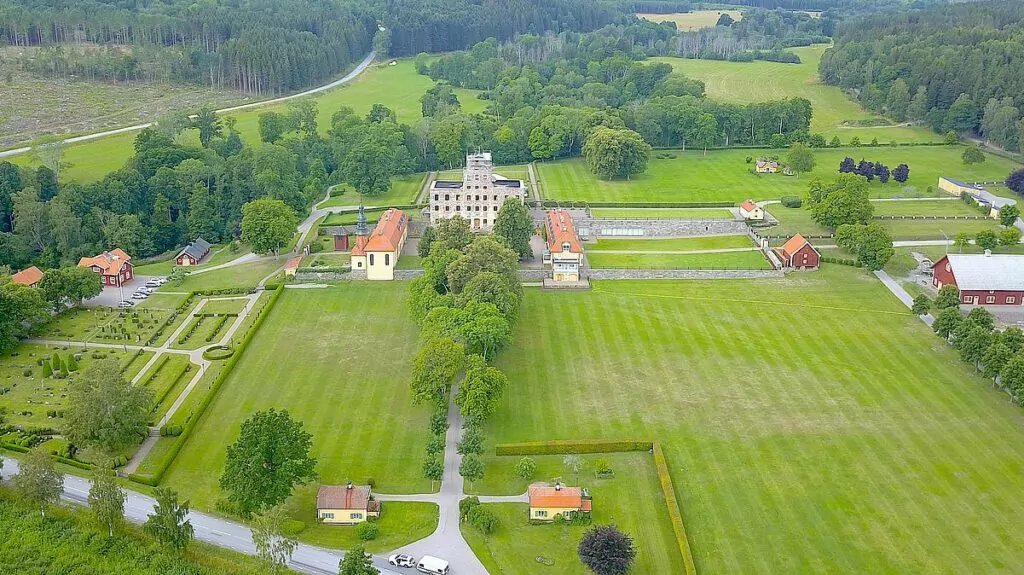
It is said that Robert Douglas and his brother-in-arms Axel Lillie decided to build their own castle when they returned from the Peace of Westphalia. Robert built Stjärnorp and Axel built Löfstad Castle in Norrköping municipality. The castles were to be so high that they could see each other from the top floor and send greeting signals.
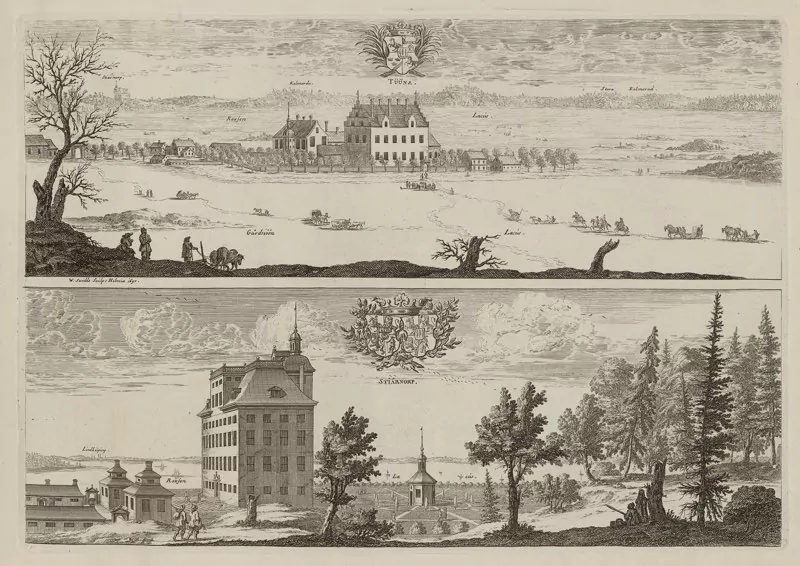
Robert's wife Hedvig survived her husband for 40 years, and managed Stjärnorp with great skill. In the next generation, the castle was also managed by a woman, Beata Stenbock, for many years.
All the buildings at Stjärnorp were destroyed by a fierce fire on 12 May 1789. Most buildings were quickly rebuilt, but unfortunately there was no money to rebuild the main building. The ruin is not open to the public.
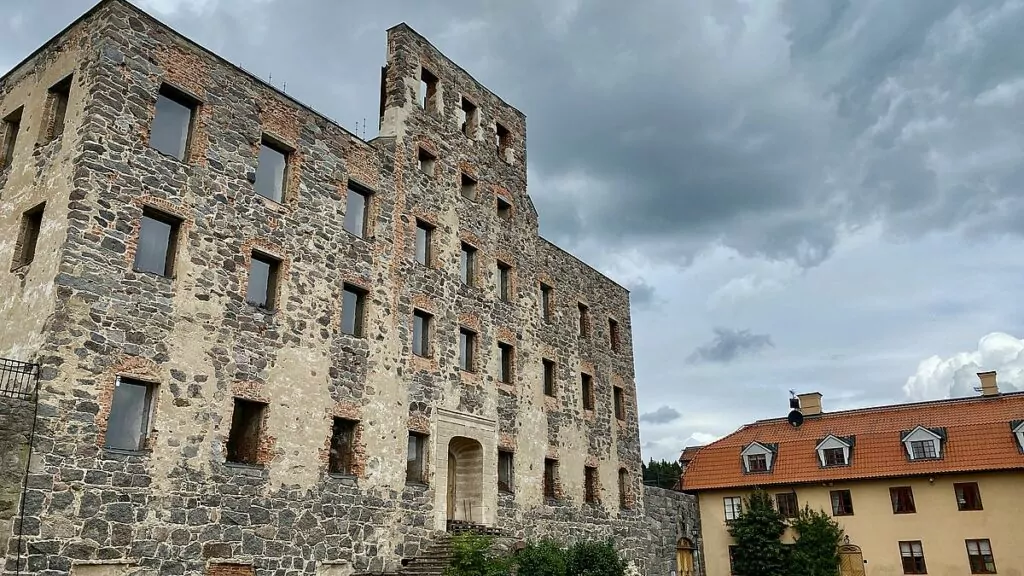
Find here: Stjärnorp is a ruined castle in Stjärnorps parish in the current municipality of Linköping in Östergötland.
6. Stegeborg castle ruins near Söderköping
The oldest parts of the Stegeborg castle ruins date back to the early 13th century. The name "Stegeborg" is related to logs, and refers to the piles used in the water to block the entrance to Söderköping.
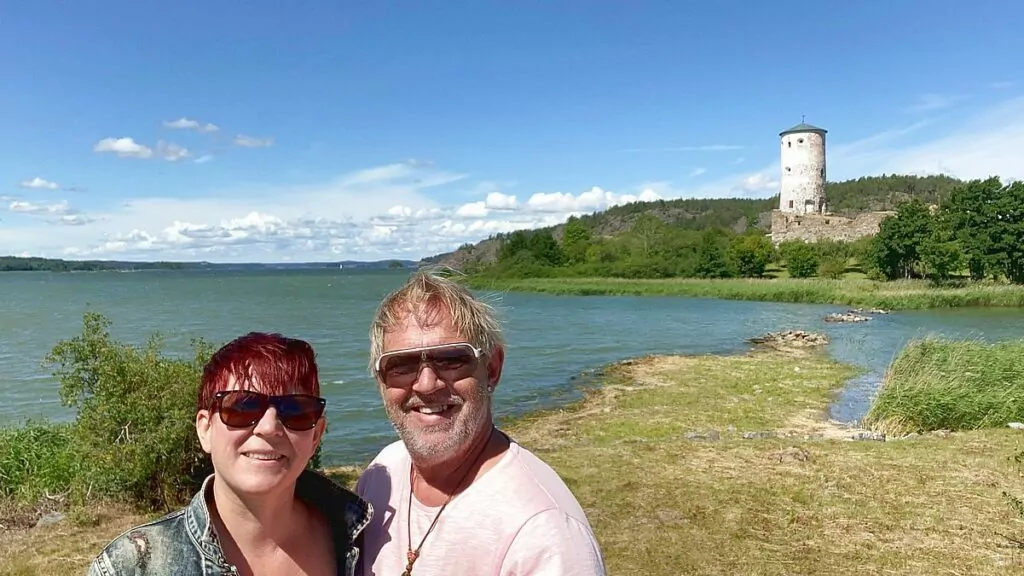
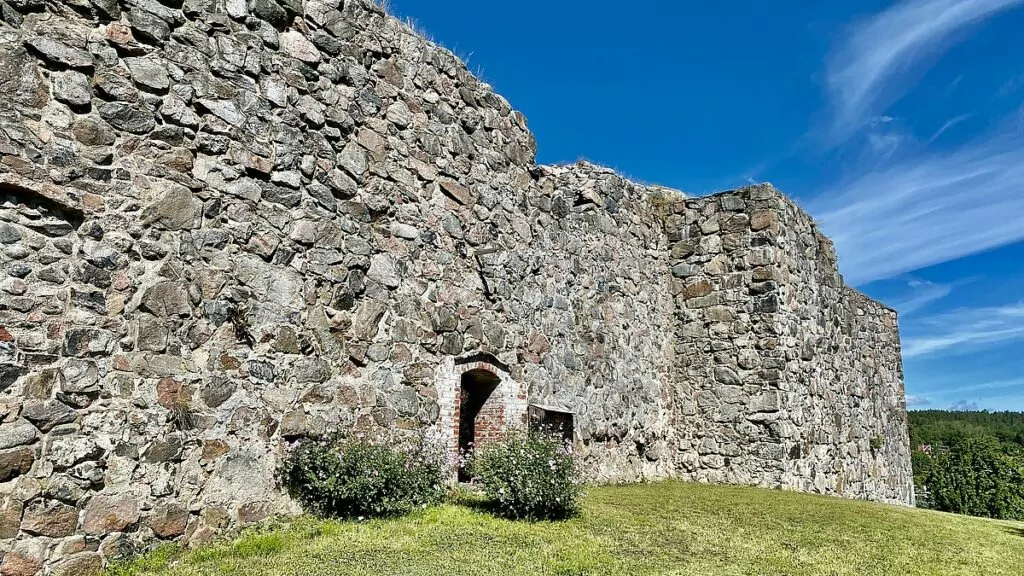
In the 16th century, King John III expanded the castle into an impressive Renaissance palace. Stegeborg served as a royal residence until 1689 when the castle was abandoned after a period of decay. The castle then stood deserted until 1731 when the parliament decided that it should be demolished.
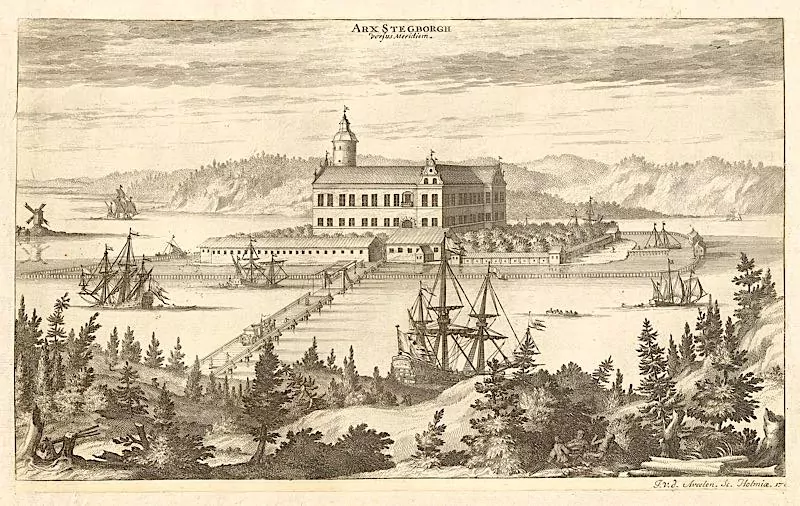
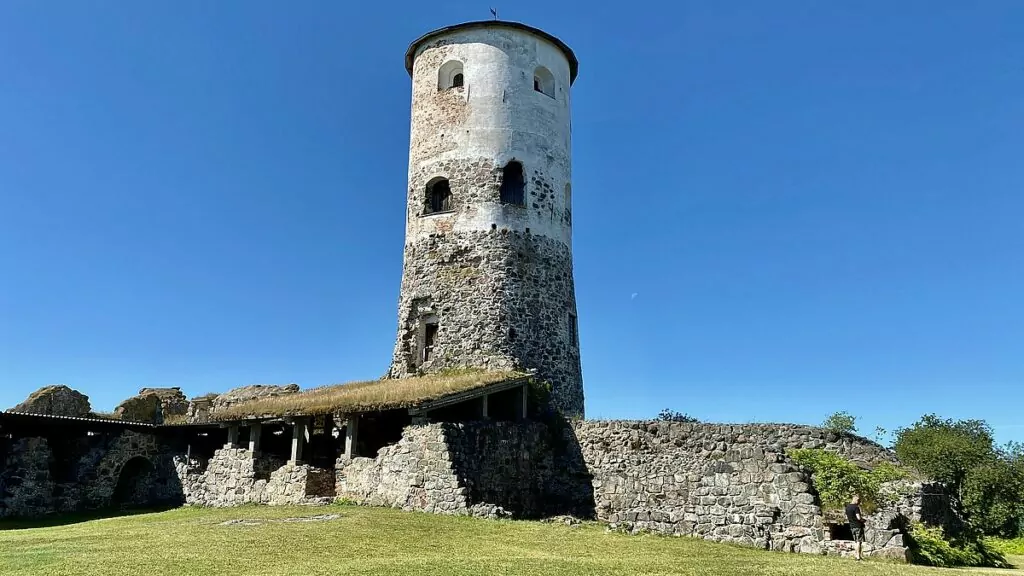
Find here: Stegeborg is located in the municipality of Söderköping, on a small island in a narrow strait in the deep bay of Slätbaken.
7. Brahehus castle ruins at Gränna.
Per Brahe the Younger had Brahehus built between 1638 and 1651. The house would have been a widow's residence for his first wife Kristina Katarina Stenbock, but she died before it was completed.
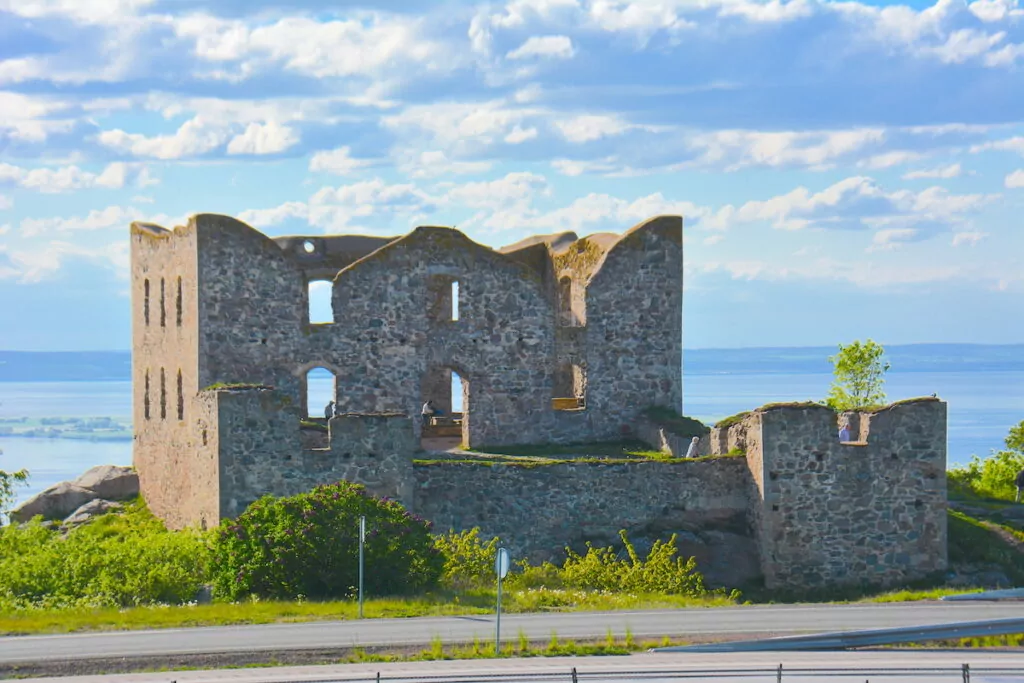
The gazebo was later used as a guesthouse and Per Brahe probably did not use it much himself.
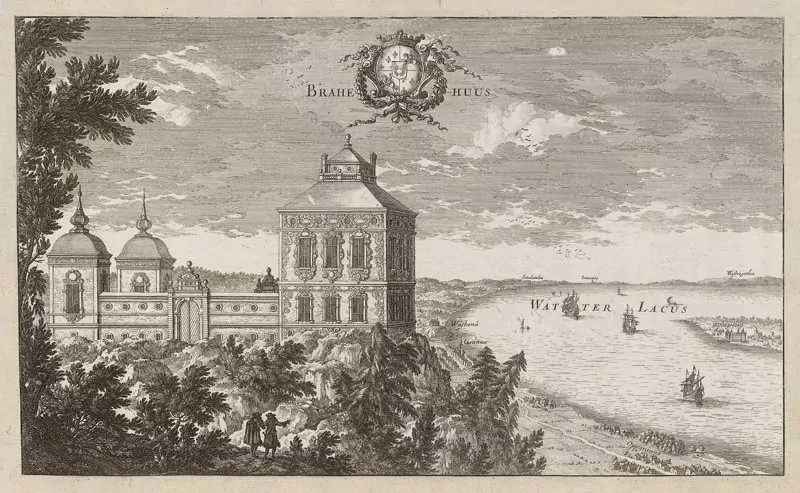
Brahe died in 1680 and in 1708 Brahehus was destroyed in a fierce fire. Today it is only a ruin, but the view is still amazing.
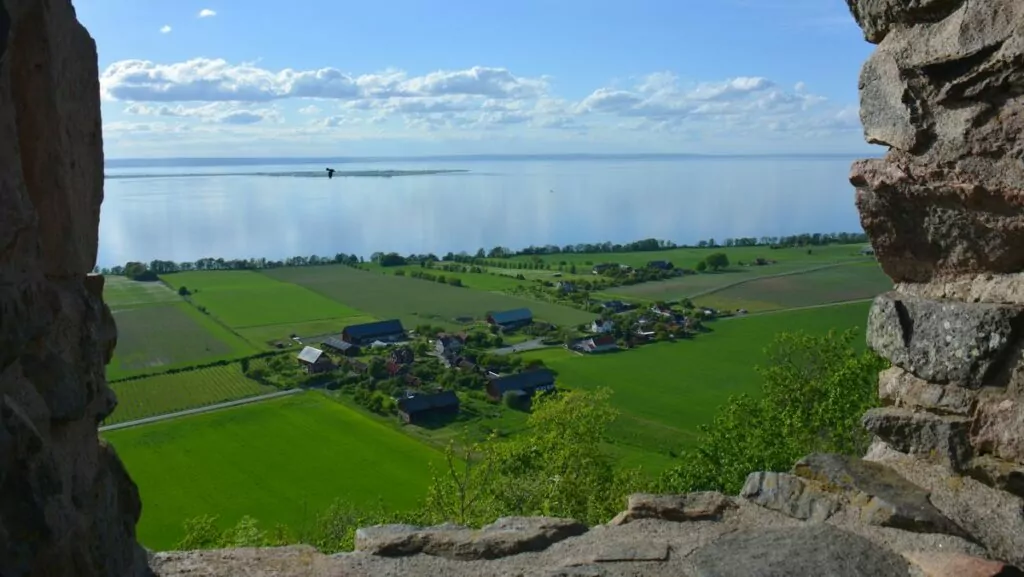
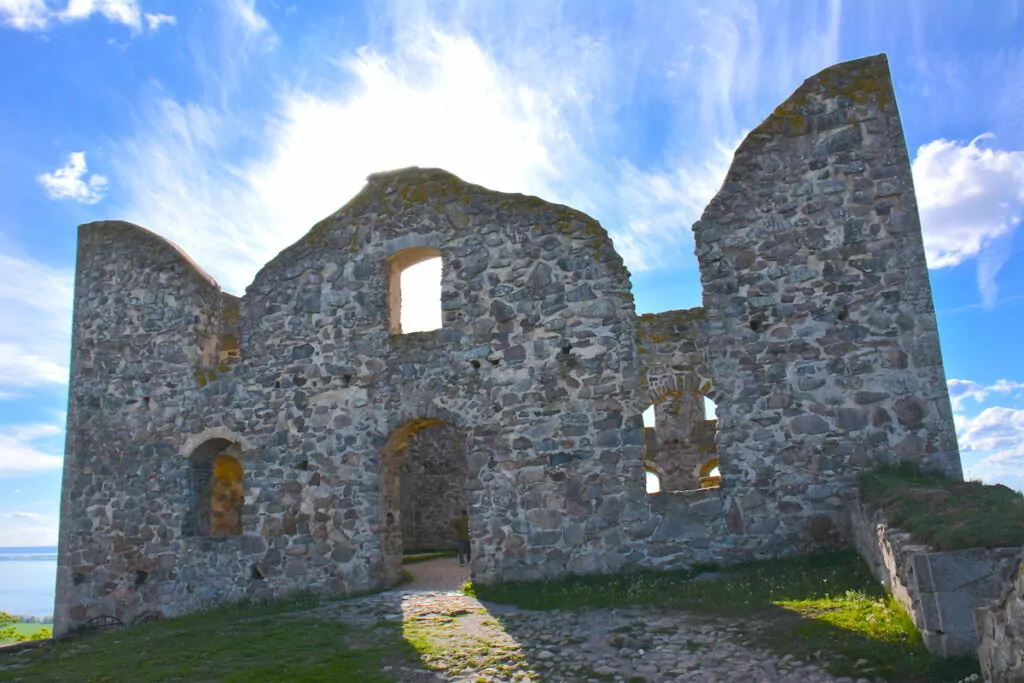
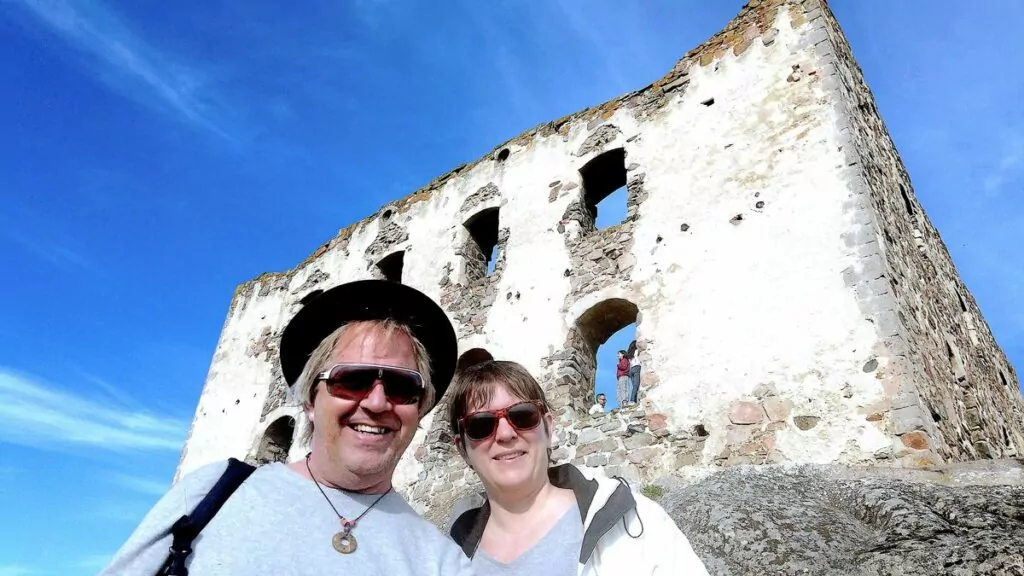
Find here: Along the E4 motorway by Vättern is Brahehus. Turn off to Brahehus rest area.
8. Visingsborg castle ruins on Visingsö island
Right next to the ferry terminal on Visingsö is the ruins of Visingsborg Castle, which is perhaps the island's most important attraction. This was once a powerful estate that belonged to Per Brahe the Younger in the late 17th century.
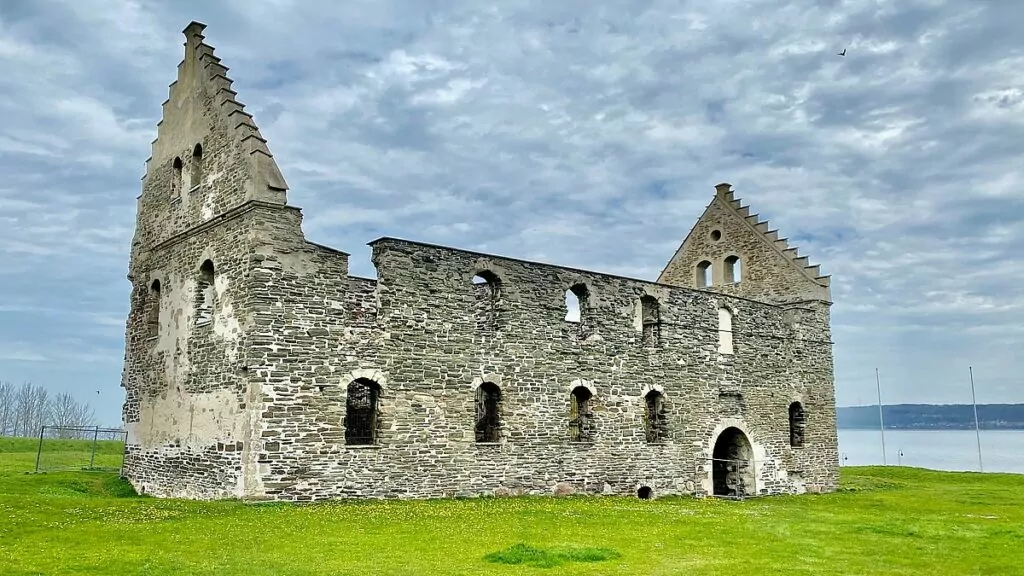
During the castle's heyday, it was home to a large number of farms and manor houses, and towards the end of the castle's existence, it served as a prison, when the reform took place and the state had to confiscate assets and take back wealth.
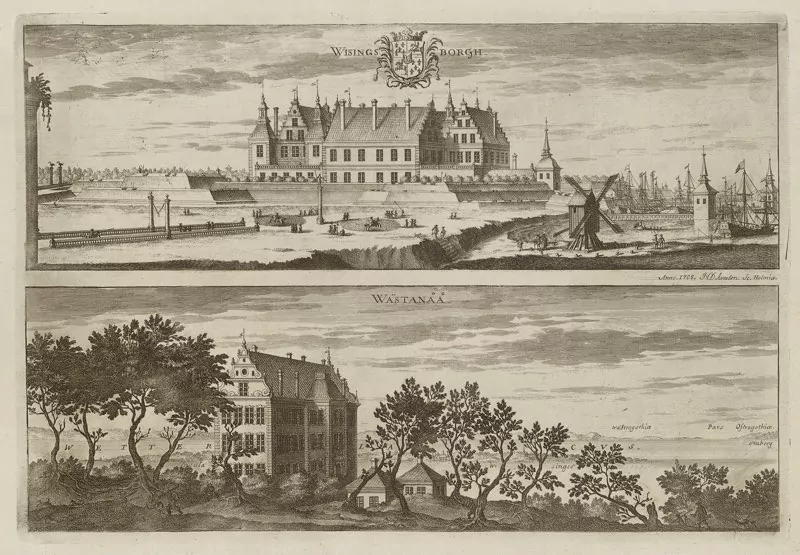
Late in the evening of 22 December 1718, while most of the non-commissioned officers were asleep, Johan Rasch decided to light a pipe. Exactly how the fire spread is not known, but although the soldiers tried to extinguish it, it could not be stopped. Nor did they receive any help from the prisoners, if their complaints in later interrogations are to be believed.
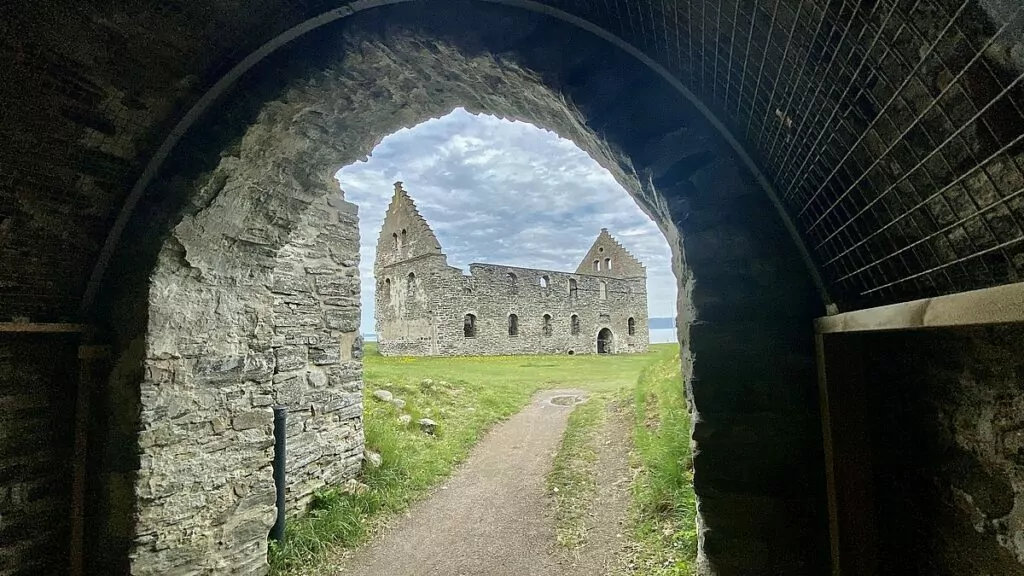
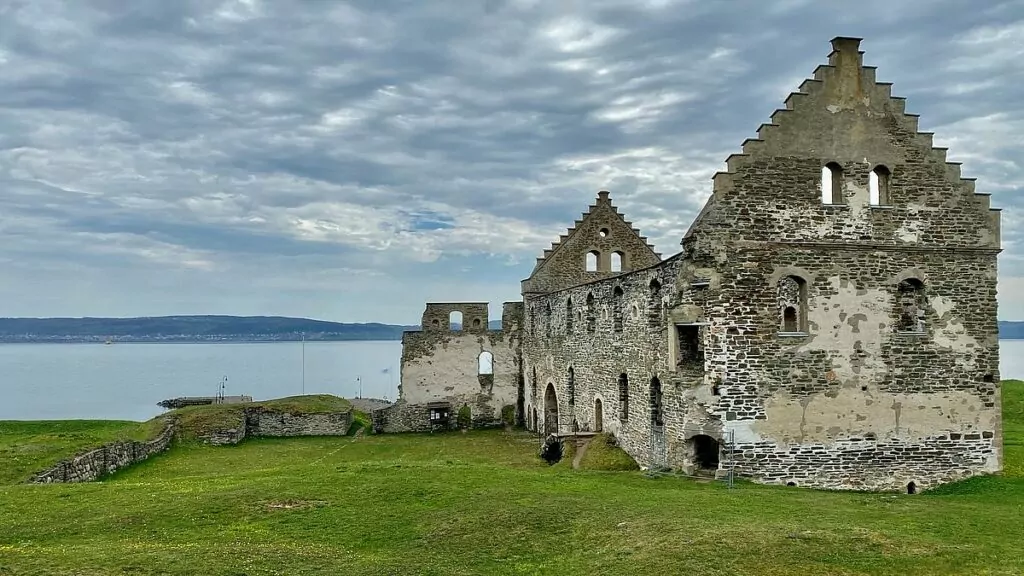
Find here: Visingsö is located in the southern part of Lake Vättern, in Jönköping County, not far from Gränna, and there is a 25-minute ferry from Gränna to Visingsö.
9. Gräfsnäs castle ruins in Alingsås
Gräfsnäs castle ruin outside Alingsås in Västergötland was originally (probably) a medieval house, which was developed into a castle in the 16th century by Count Sten Eriksson Leijonhufvud.
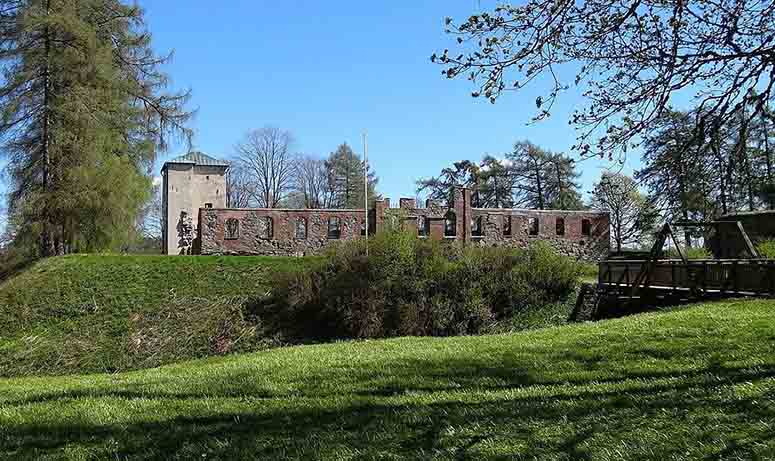
In 1634 the castle burned to the ground, but it was rebuilt as a large Renaissance castle. The castle was considered one of the most magnificent in all of Västergötland with 50 rooms, two towers, a three-storey centrepiece and an English park. Gräfsnäs remained in the Leijonhufvud family until 1724.
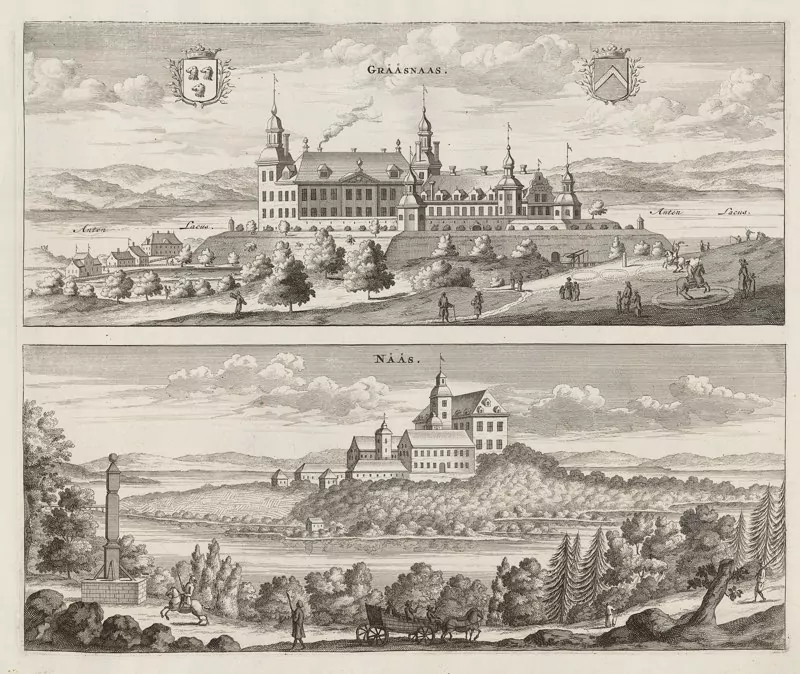
Gräfsnäs burned on three occasions in 1634, 1734 and 1834. In 1834, Otto Ulfsparre bought the castle for 110,000 jugs of brandy and when the inscription was completed, the castle burned. Attempts were made to rebuild, but the castle became less and less maintained, and when the roof disappeared, it quickly fell into disrepair.
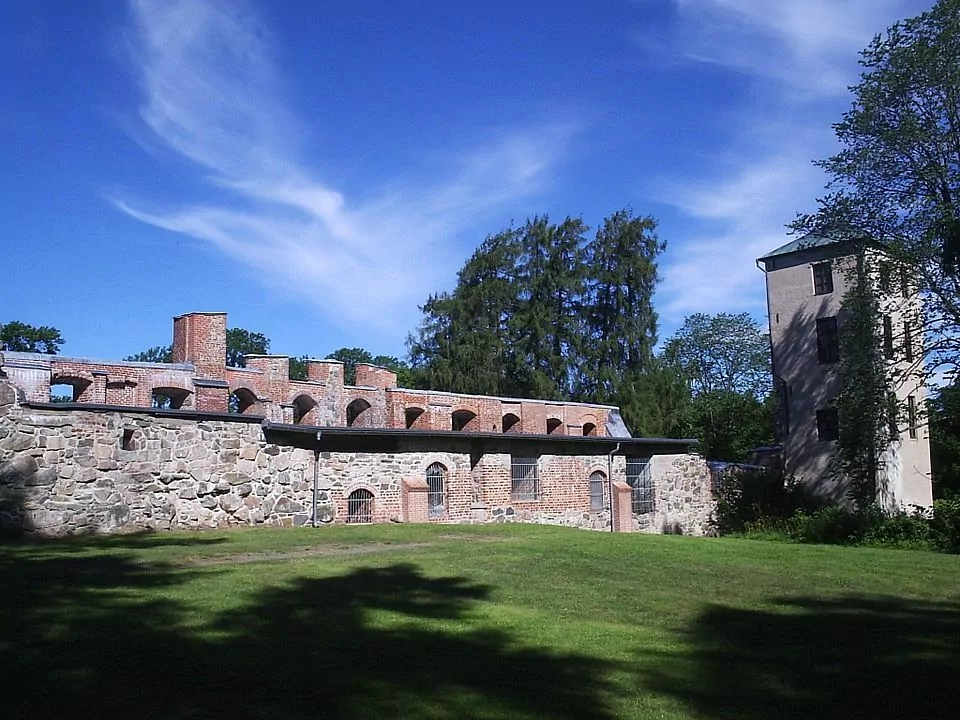
Find here: Gräfsnäs castle ruin which you can find on Kungsallén, Sollebrunn in Allingsås.
10. Bohus Castle ruins in Kungälv, Sweden.
The area around the mouth of the Göta River used to be a Nordic borderland where Norway, Denmark and Sweden met. Bohus Fortress has been defended by Norwegians, Danes and Swedes and has been besieged a total of 14 times, a Nordic record.
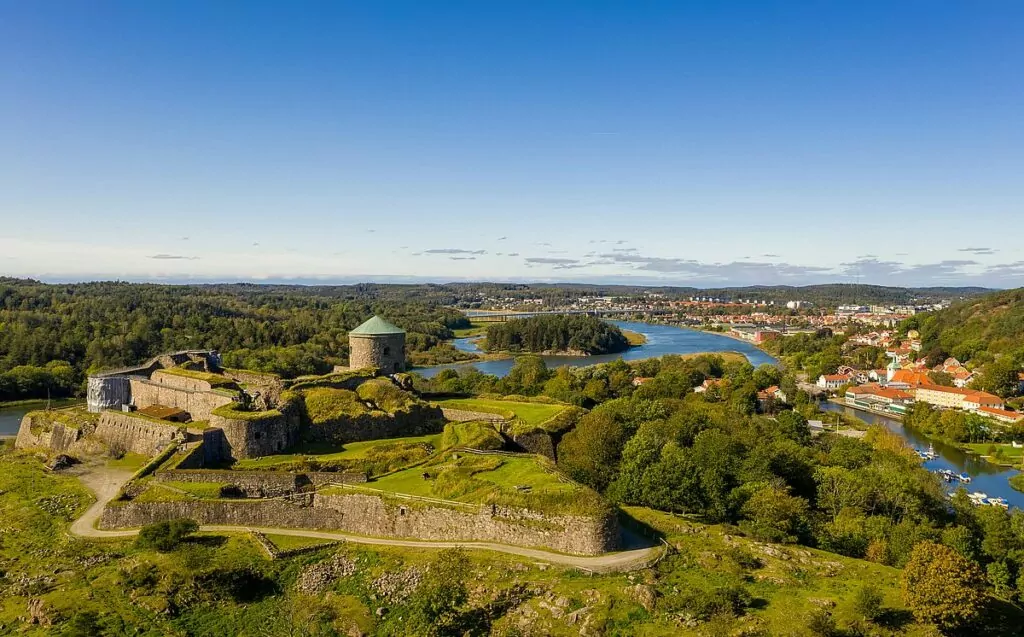
Erik and Valdemar controlled much of western Sweden in the early 14th century, and the conflicts led to historic events such as the 'Håtuna Games' and the 'Nyköping Feast' in Nyköpingshus. Neither King Birger Jarl nor Norwegian King Haakon V Magnusson wanted Erik and Valdemar to have too much power and tried to withdraw Erik's Ragnhildsholmen castle. When Erik refused, a siege of the castle began.
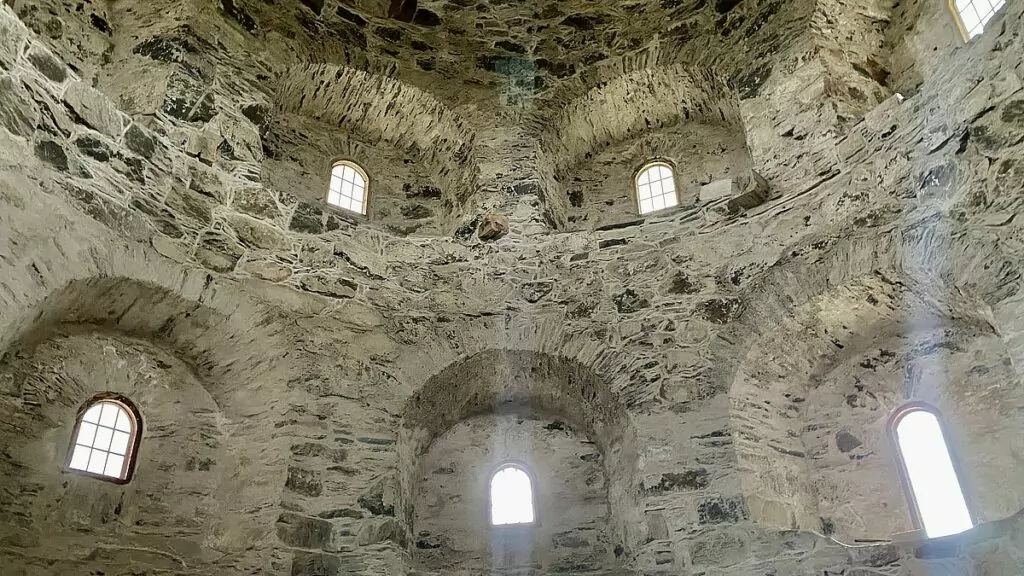
Bohus Fortress has been through many sieges, but the most famous must be the one known as the 'Bahusian Battle'. In 1566, the Swedes took the fortress, and it went so well that they even managed to raise the Swedish flag on the Red Tower. Then one of the Norwegians chose to sacrifice his life and crawled under the tower with gunpowder. The Swedes died instantly and the siege was a failure.
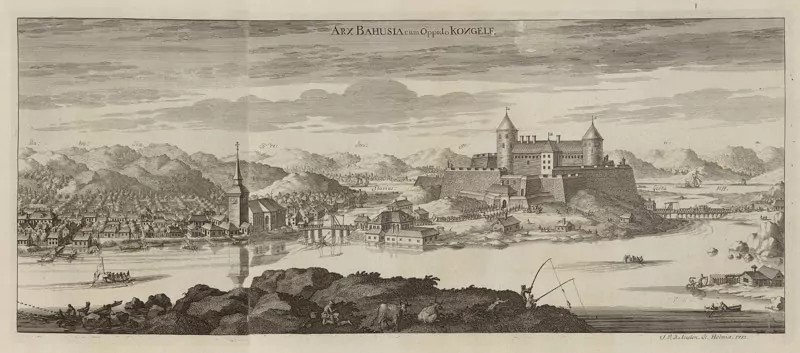
At the Peace of Roskilde in 1658, Bohuslän became Swedish, but the worst siege ever took place in the summer of 1678, when 15 000 Danes and Norwegians subjected 800 Swedish and Finnish defenders to massive attacks over two months. At the last moment, Swedish reinforcements arrived and the enemy surrendered. The fortress was now largely destroyed and in 1789 it was decided that the fortress would be demolished.
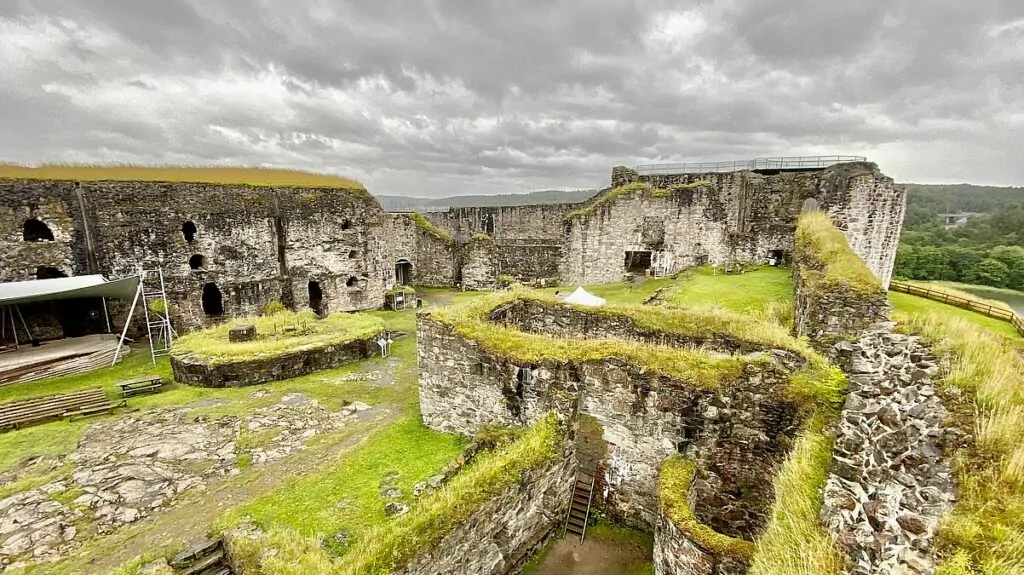
Find here: Bohus Fortress is located on the Göta River, in the south-eastern part of Kungälv, about two kilometres north of Gothenburg.
11. Visborg Castle ruins on Gotland
The construction of Wisborg began as early as the 15th century with a large wall, several towers, a row of houses with a main castle and an outer castle. Inside the 3.6 km-long defence walls were the castle church, inn, blockhouse, bakery, provisioning house, wood yards and many other buildings.
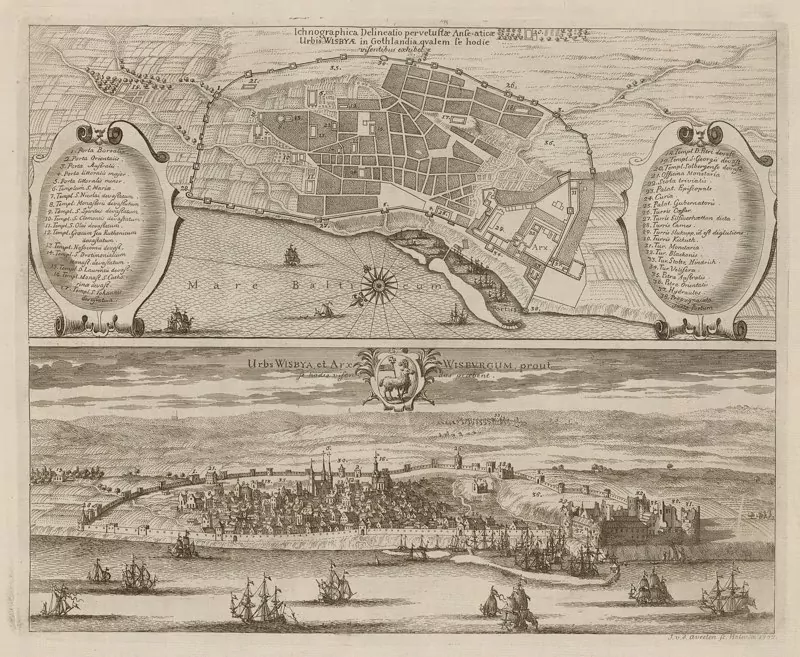
Wisborg has been attacked many times by Swedes, Danes and Germans. Wisborg has been Danish for about 200 years of this time. There was a lot of piracy and the most famous pirates were Erik of Pomerania, Ivar Axelsson Tott and Sören Norby.
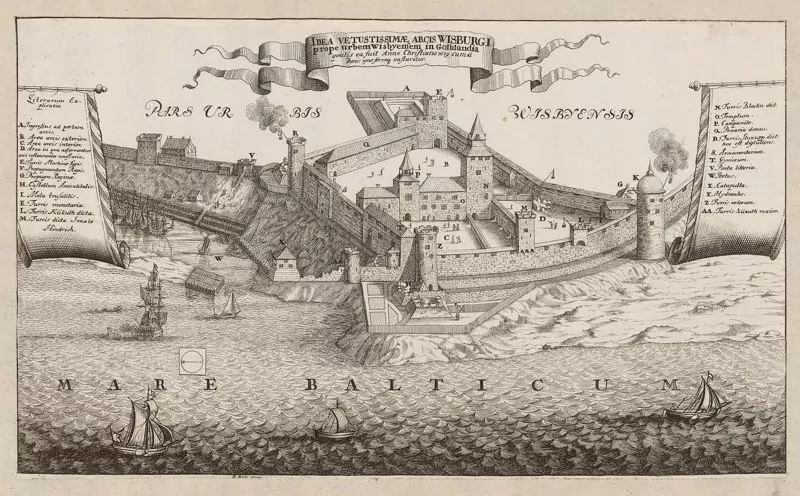
In 1679 with the peace of Lund, the Danes were to leave the castle to the Swedes. The castle was demolished and blown up by the Danes and only ruins remained. Stone from the castle ruins was then used in the mid-18th century to rebuild Stockholm Castle, which had burned down.
Find here: Ferry from Nynäshamn with the ferry company Destination Gotland or flight.
12. Eksjöhovsgård's castle ruins in Sävsjö.
The place where the castle ruin is located is mentioned for the first time in 1287 and it is believed that it could have been Sten Sture's hunting farm. Stureätten had the farm between 1420-1616, after which field marshal C.M. Lewenhaupt received the farm from the crown in return for his services.
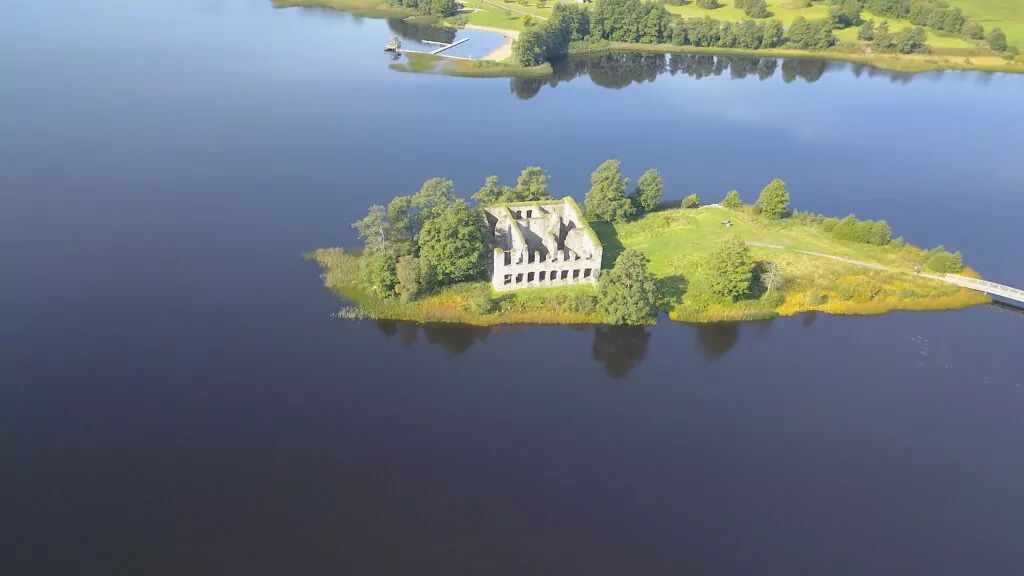
Lewenhaupt built a large three-storey stone house but it was never completed because he died in 1666. His heirs wanted to finish the building but the state and Charles XI withdrew many properties. In 1730 the castle was given to Julius de la Garde who demolished the third floor and moved the entrance.
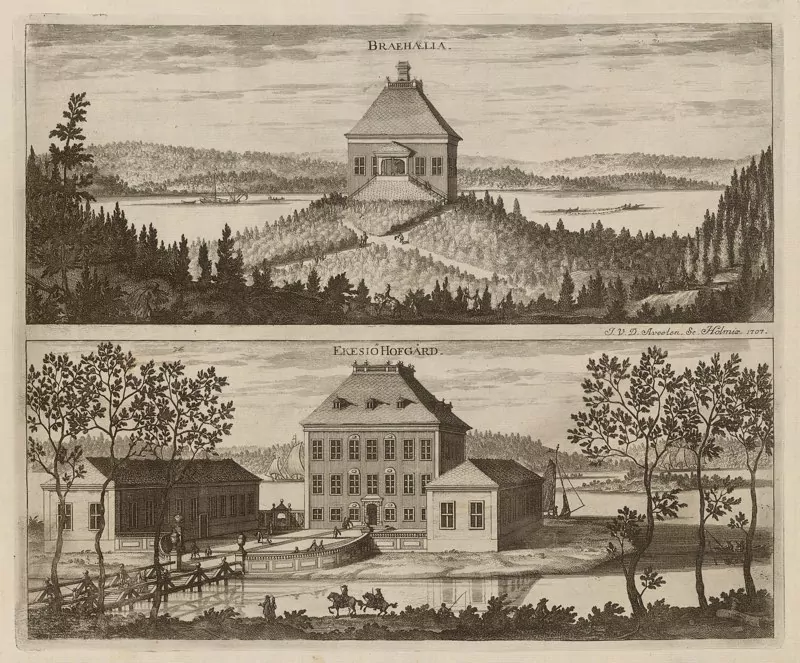
In 1765 the Fredriksberg mining company took over the castle, but the company was dissolved in 1809, and in 1812 the copper roof of the castle was sold as if it alone was worth a fortune. Without the roof, Eksjöhovsgård Castle fell into disrepair. It has been renovated and is open to the public.
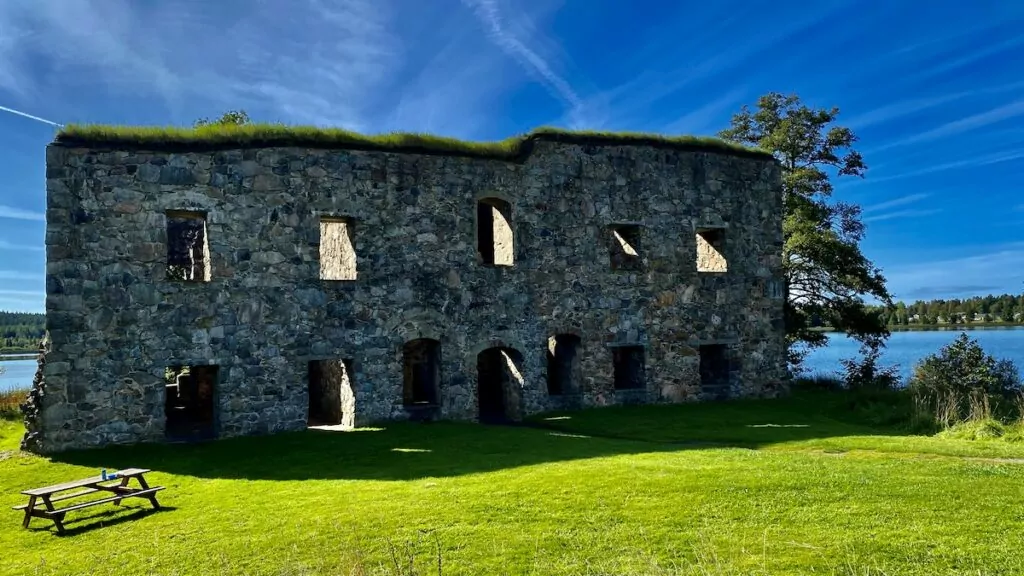
Find here: Eksjöhovgård castle ruins are located outside Sävsjö on an island on the way to Vetlanda.
13. Borgholm Castle ruins on Öland island
Borgholm Castle is today a ruin of the castle built on Öland in the 13th century and rebuilt in the 17th century as a grand baroque palace by Charles X Gustav. Many people have passed through here over the years, from kings and bailiffs to craftsmen and prisoners. Today, Borgholm Castle is one of Öland's biggest tourist destinations, also known as "the most beautiful ruin in the Nordic region" and the largest castle ruin in Sweden.
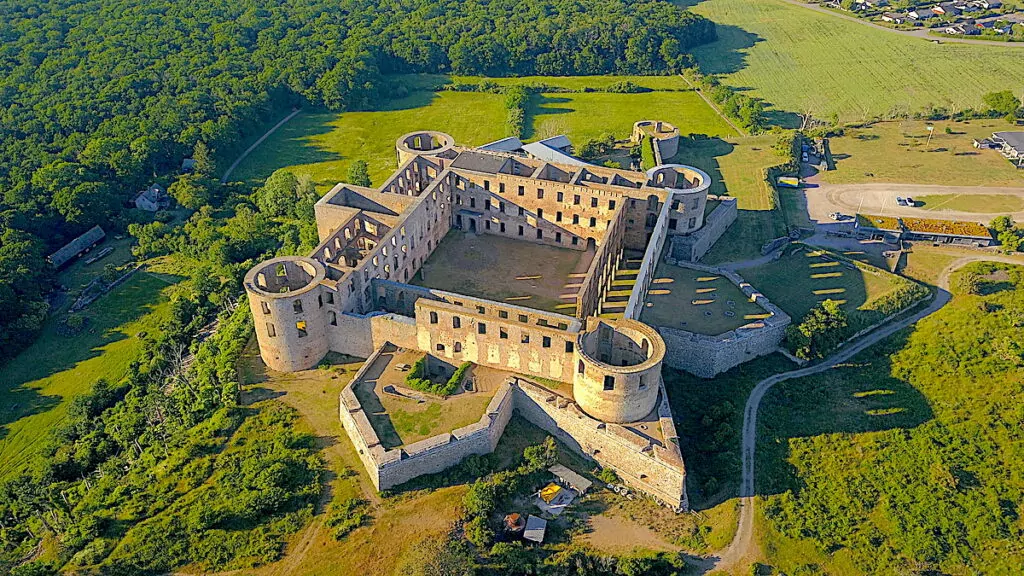
When Gustav Vasa conquered Borgholm from the Danes in 1523, the castle was badly damaged and in need of repair. There was no money for renovation at the time, so it was Gustav Vasa's son Johan III who saved the castle from destruction. He built a magnificent Renaissance castle with four corner towers.
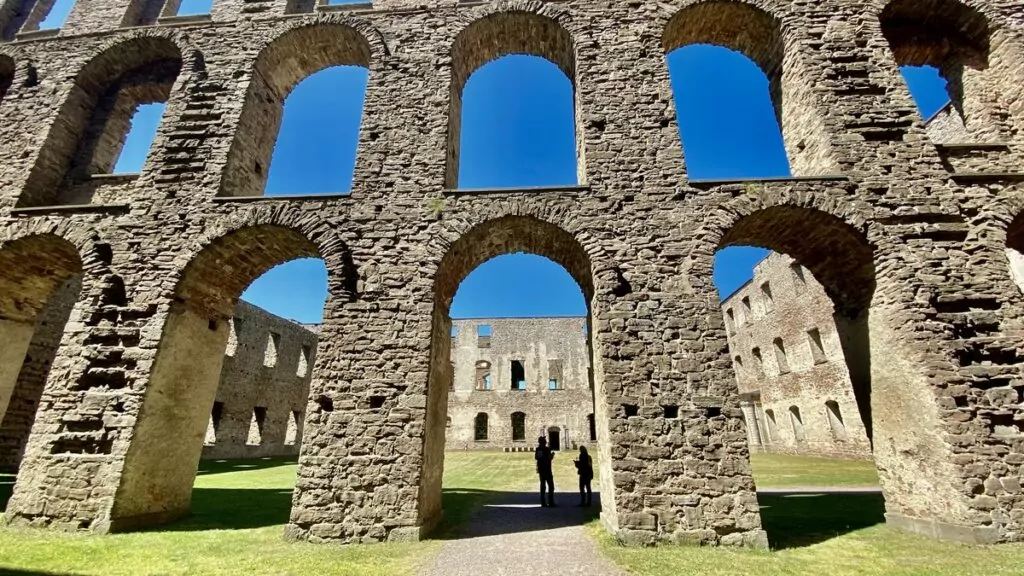
Despite challenges, the castle had another period of glory ahead of it. The heir to the throne, Charles Gustav, later Charles X Gustav, ordered the remodelling of the castle into a grand baroque palace. The plans were grandiose and the construction was led by the renowned architect Nicodemus Tessin the Elder. However, construction was never completed and came to a halt in 1709.
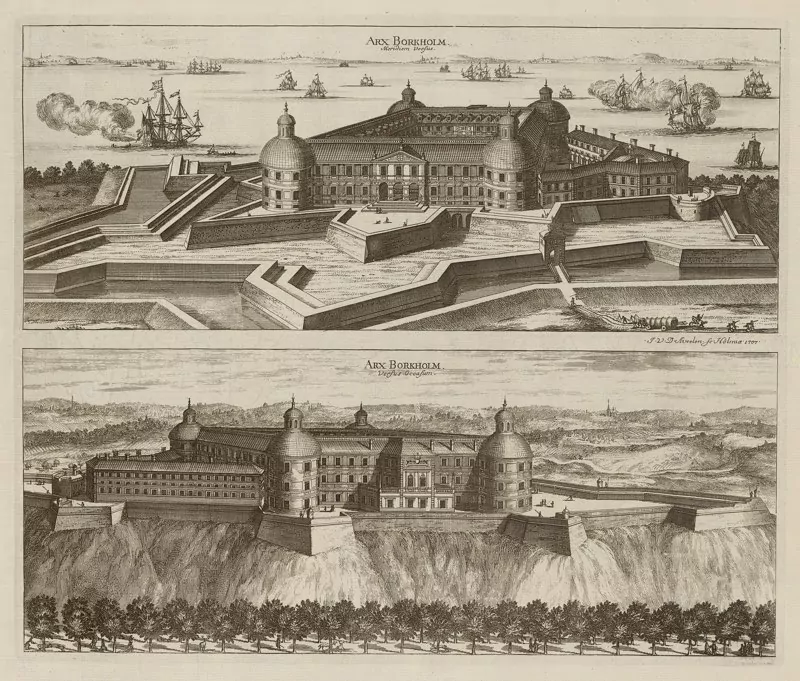
After 1709, Borgholm Castle slowly fell into disrepair until 14 October 1806 when the castle burned.
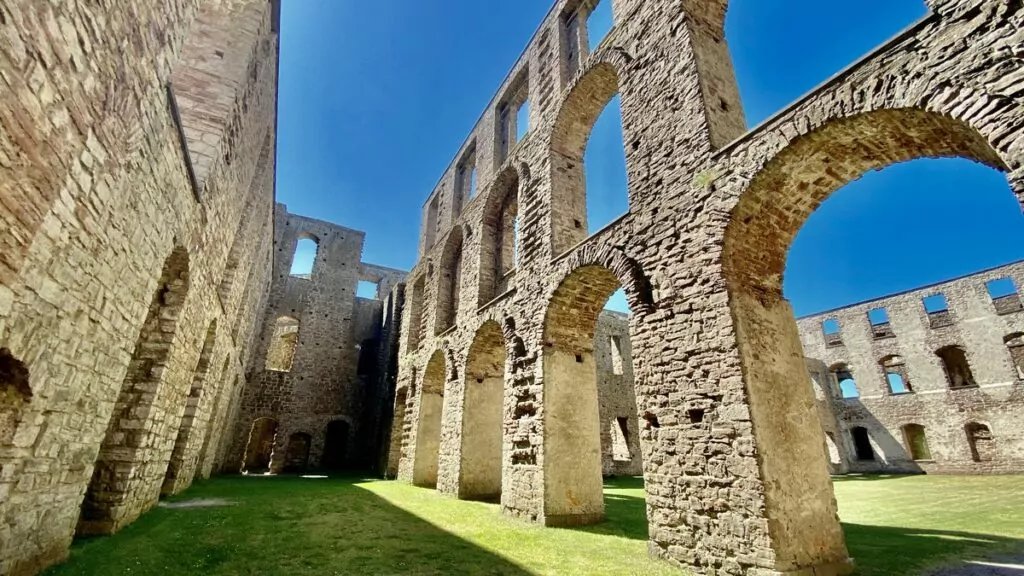
Find here: Borgholm Castle ruins are located just south of the town of Borgholm, on the west coast of Öland.
14. Kronoberg castle ruins in Växjö
In the 15th century, the Bishop of Växjö built a fortification on an island in Lake Helga. The fortification may not have been very large at first, but over time it developed into a castle of stone and wood. The fortress was destroyed in 1469 by the Danes, but the bishops did not give up. After the peace of 1472, they built a new castle.
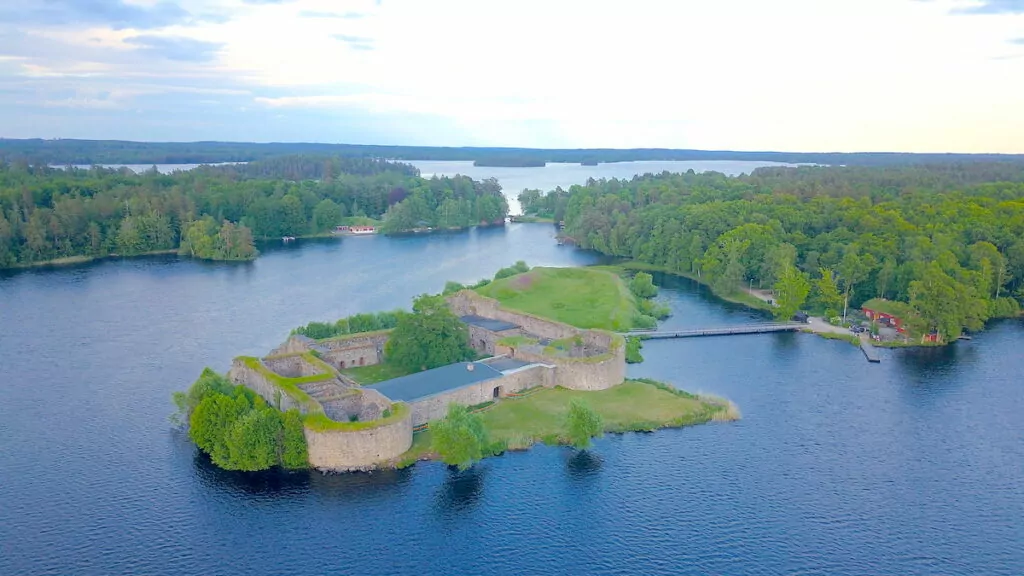
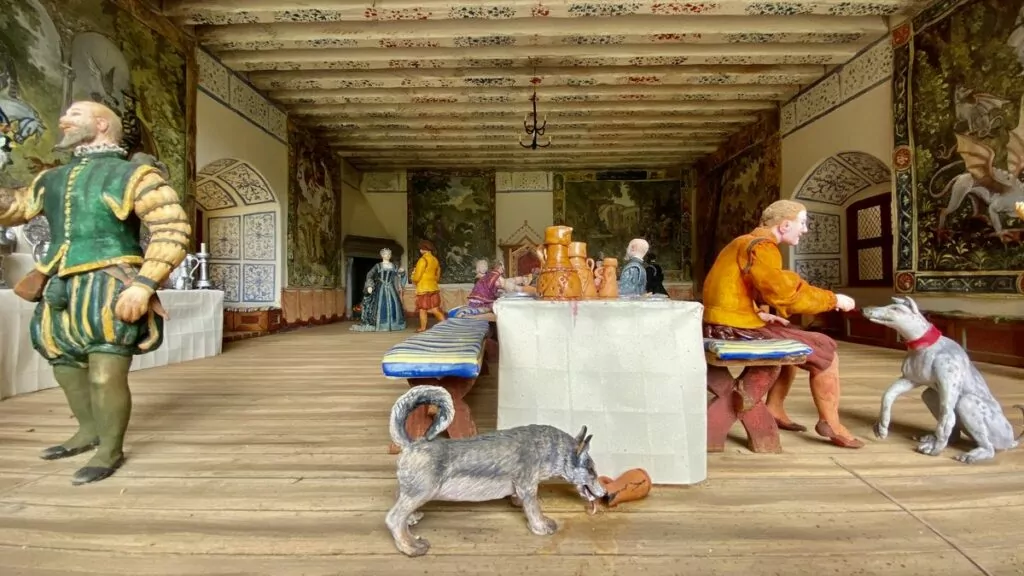
During the Reformation in the 16th century, the church's property was confiscated by the crown. Gustav Vasa could not protect himself against discontent and rebellion. The biggest threat came from Nils Dacke, who, in 1542, initiated the Tyre fights. During the feud, Dacke and his men captured Kronoberg Castle, from where they led the rebellion.
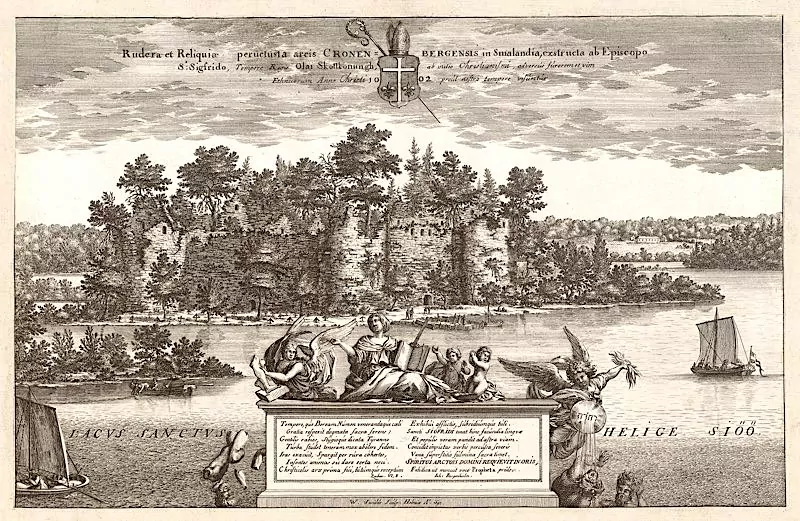
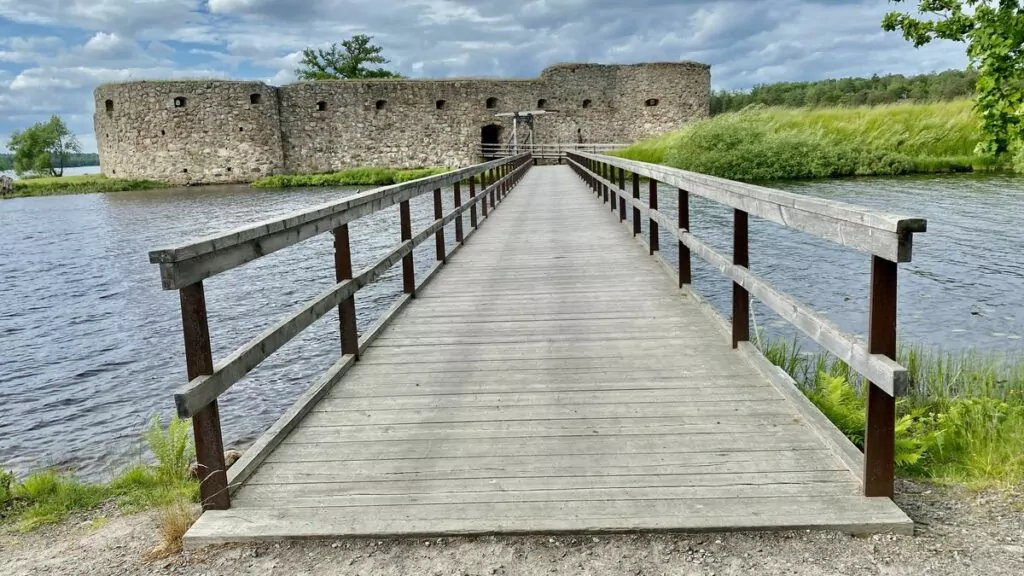
Dacke was strong, but Gustav Vasa was stronger. The Dacke rebellion was put down, and then Mr Vasa expanded his castle into a typical Vasa castle with large round corner towers. The year 1612 was the last time the castle served as a border during a Danish siege. After the Peace of Brömsebo in 1645, the castle fell into disrepair and was soon a ruin.
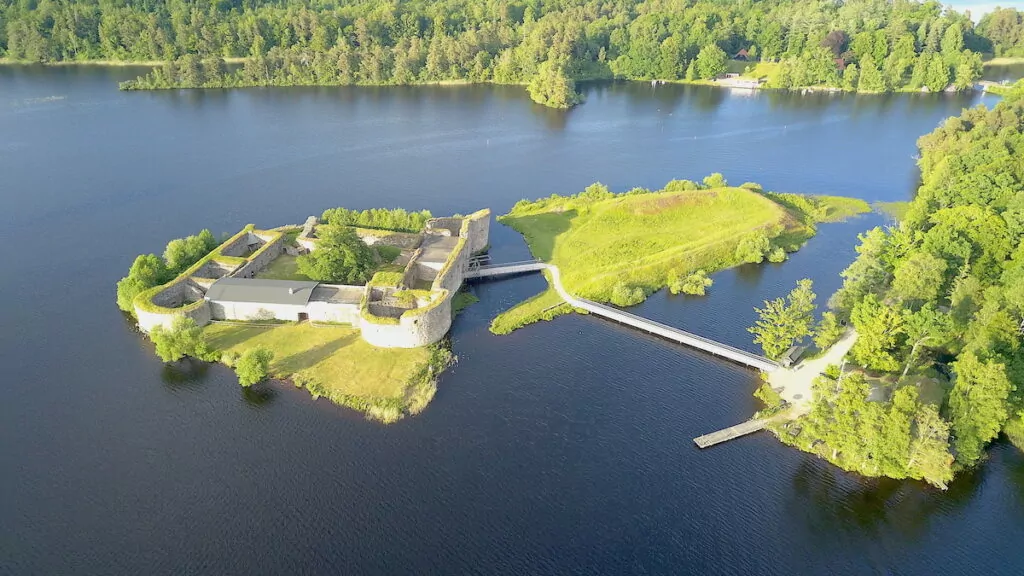
Find here: Kronoberg Castle Ruin is located on an islet in Lake Helga, in the municipality of Växjö, in Småland.
15. Bergkvara castle ruins in Växjö
Since the 14th century, it has been a residence for knights and squires. In 1420, the Trolle family took over, where Arvid Trolle was also a Swedish councillor and magistrate in Östergötland with about 1000 farms, who inherited another 475 farms in Skåne.
Bergkvara was thus one of the largest estates ever found in the Nordic countries.
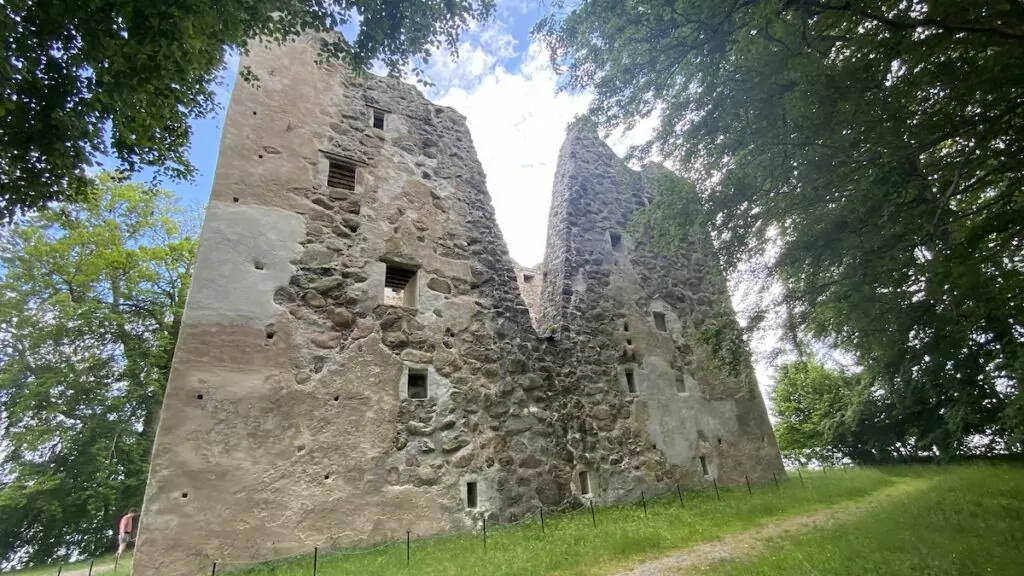
In 1470 the stone house itself was built. The surrounding farms were burned twice, in 1467 and 1469, and during the Dacke feud in 1542-43, Gustav Olofsson Stenbock, owner of Torpa stone house, was forced to seek shelter at Berkvara because the castle was resistant to attack.
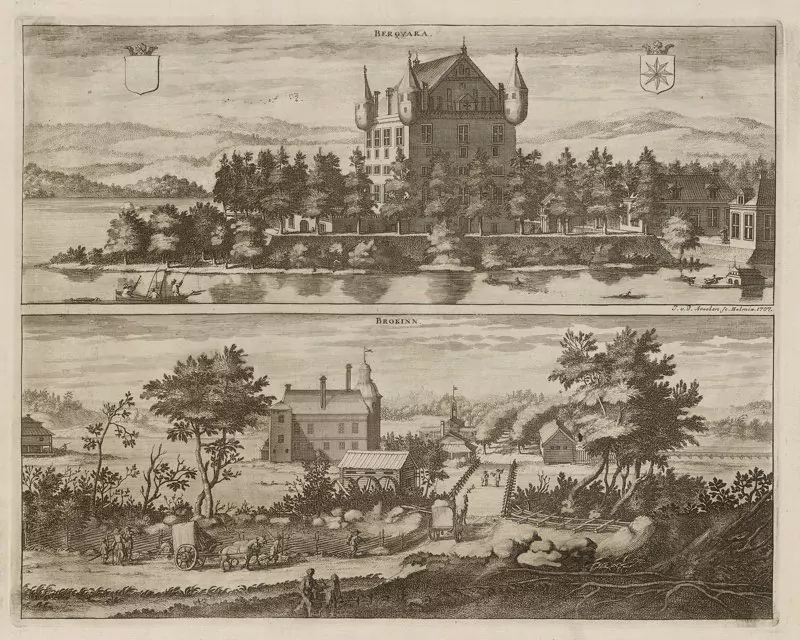
Today this is a quiet and peaceful place right next to a lake. Bergkvara Farm, which is adjacent, is private and cannot be visited, but the footpath down to the castle ruins is open to the public.
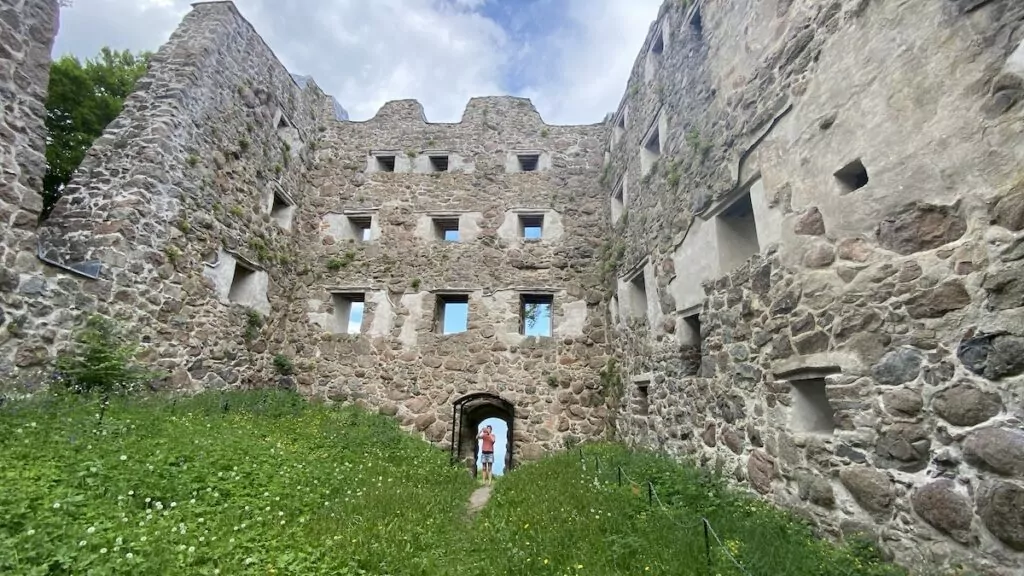
Find here: Bergkvara castle ruins are located by Lake Bergkvara just south of Växjö.
16. Lyckå castle ruins in Karlskrona, Sweden.
Blekinge belonged mainly to Denmark until the Peace of Roskilde in 1658, and its history was characterised by struggles between Danish and Swedish lords. In 1545 the lord of Lyckå received a royal order to build a "permanent house".
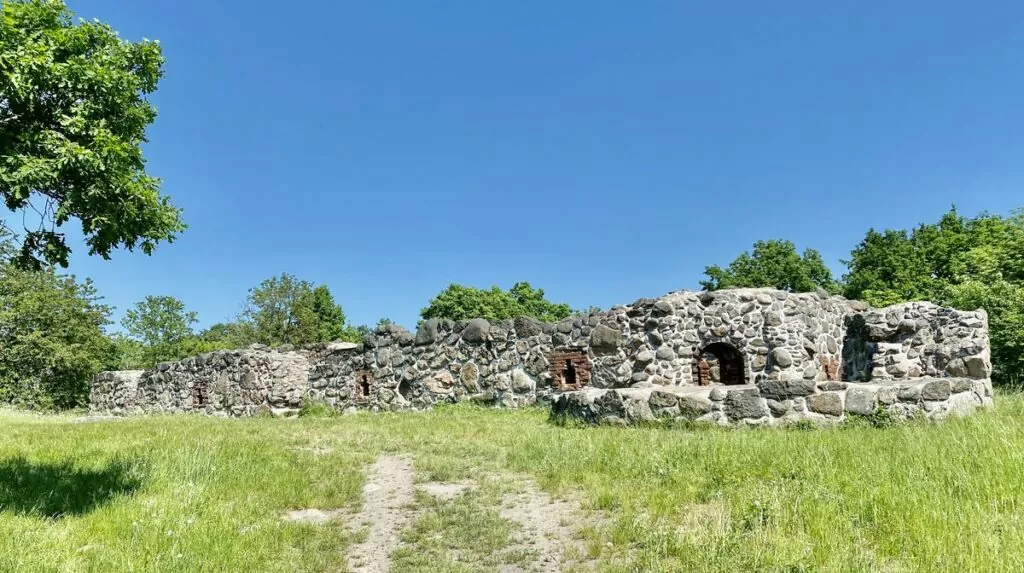
Citizens and farmers were commissioned to help build the castle, but despite this, it was not completed until the 1560s.
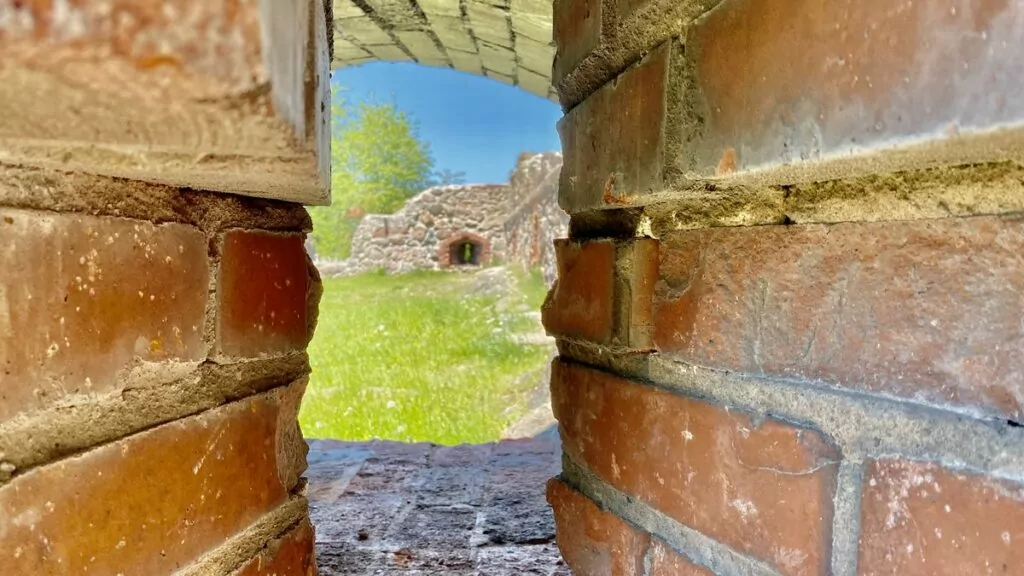
In 1564, during the Nordic Seven Years' War, Lyckå Castle was besieged by Swedish troops. The castle was looted and set on fire, but was soon rebuilt by the Danes. When Lyckå lost its city rights in 1600 in favour of Kristianopel, the county governor moved there and the castle was destroyed. Today, the ruins are open for viewing.
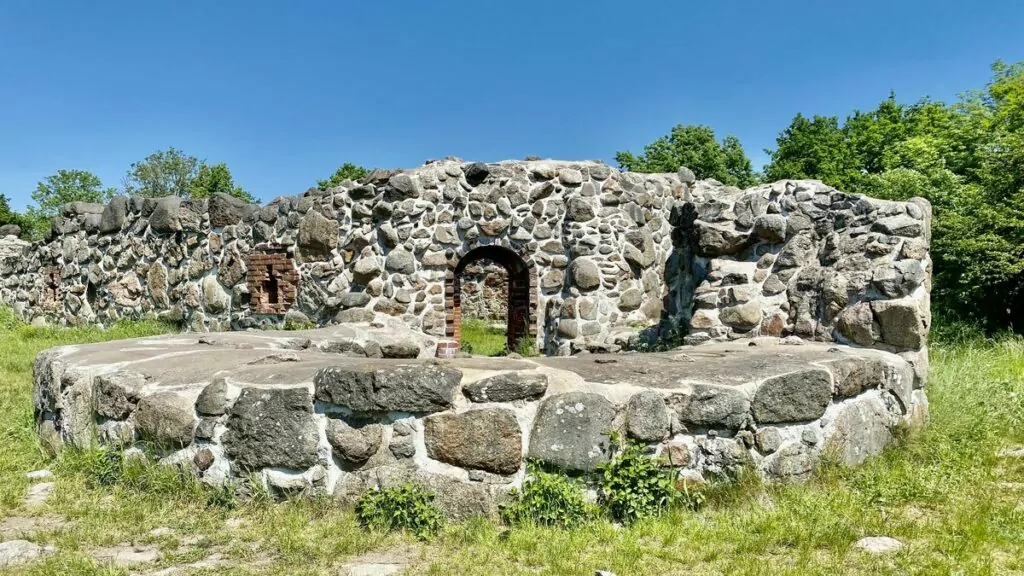
Find here: Lyckå castle ruin is located in Blekinge at the mouth of the Lyckebyån river.
17. Sölvesborg's castle ruins in Sölvesborg.
Sölvesborg is a ruined castle and a ruined castle and the reason it has been called a castle is because royalty has stayed at Sölvesborg. The castle was first mentioned in 1263 and in the early 14th century two huge towers were built under the Danish King Erik Menved. In the early 15th century, Queen Margaret of Denmark and Erik of Pomerania stayed here.
In the middle of the 16th century, Swedish troops ravaged Blekinge in the Nordic Seven Years' War. On 6 September 1564 the lord Verner Parsberg had to flee from Sölvesborg and set fire to the castle before leaving. Sölvesborg castle ruins served as a quarry during the 18th century.
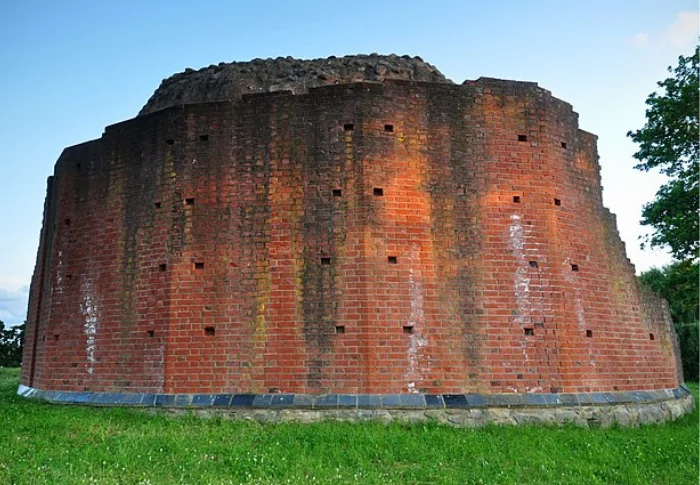
Find here: Sölvesborg's castle ruins are located on Borgvägen by the bay of Sölvesborg.
18. Haga Castle ruins in Stockholm
In the late 1770s, Carl Fredrik Adelcrantz was the first of six different architects to design a pleasure palace in Haga Park. The palace was to have the feel of the Temple of Apollo in Versailles, and in 1785 Gustav III (the theatre king) bought the Brahelund area in Haga Park where he would place the palace.
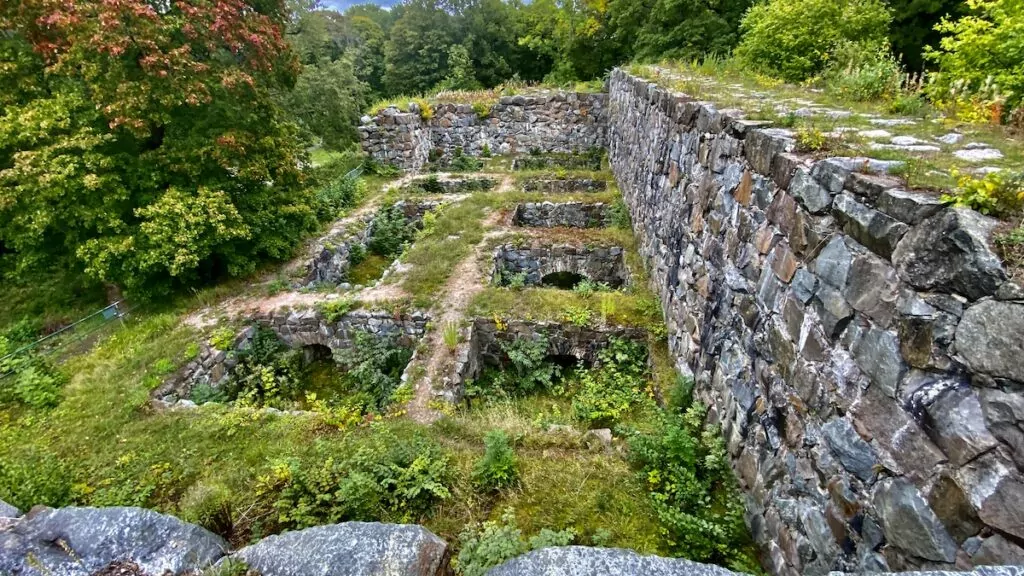
On 19 August 1786, the first stone was laid in Haga Park to the poem and music of Carl Michael Bellman. Here 650 soldiers and 150 Russian soldiers worked to build the foundations of the 'Great Haga Castle'.
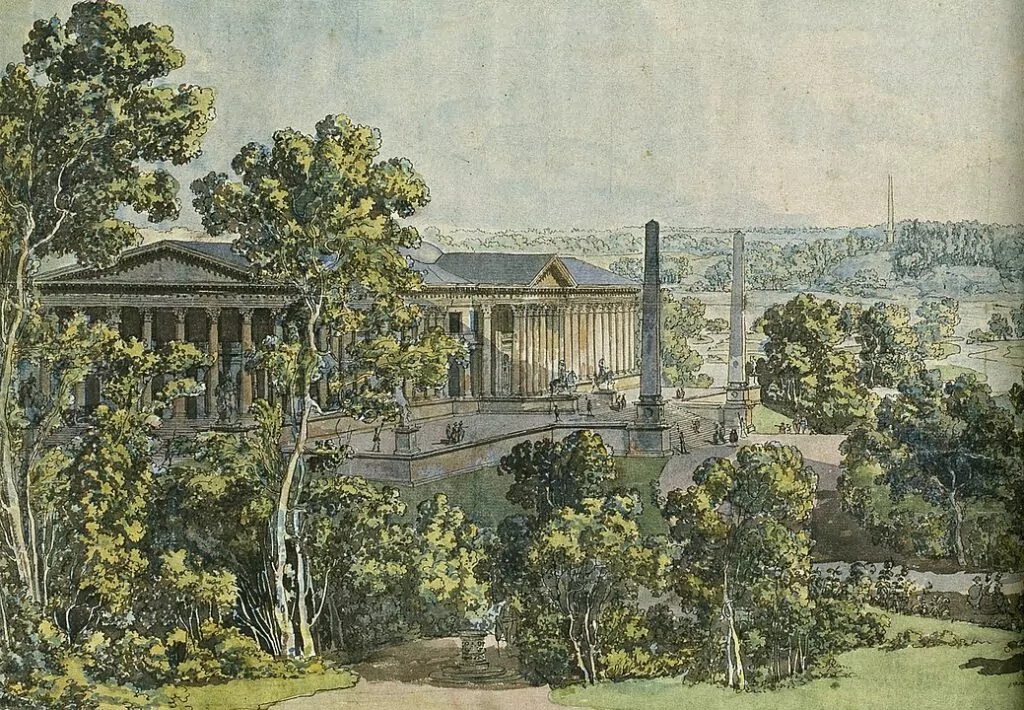
The architect Luis Jean Desprez had the last word with Gustav III on how it should look. The king added longer wings on both sides and 70 columns to house collections of paintings from France and Italy, a theatre, banquet halls and accommodation for the entire court.
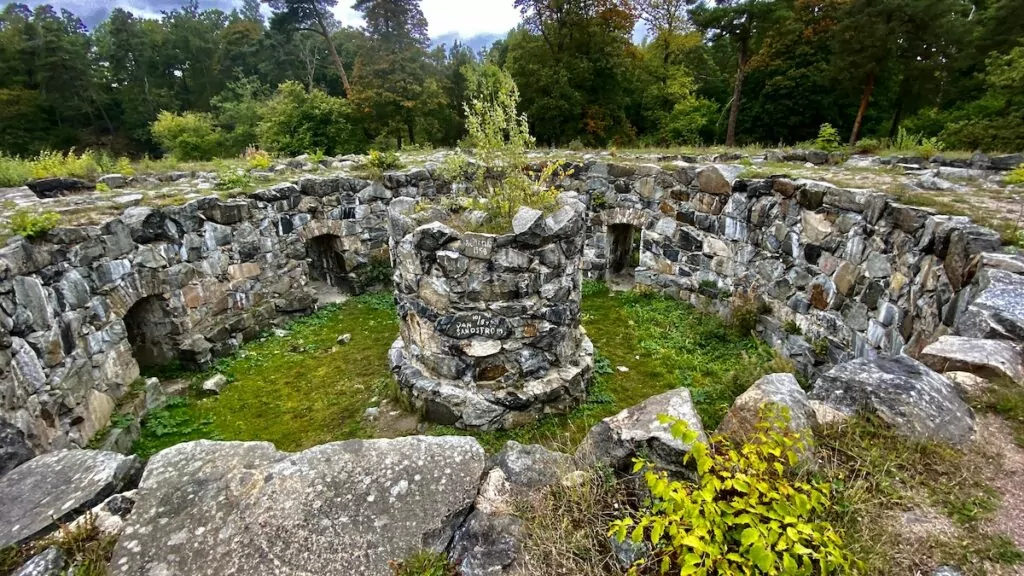
King Gustav III was assassinated at a masquerade ball on 29 March 1792 at the Royal Palace. Work on the palace was cancelled and Haga Palace was never completed. All the antique artefacts that would have been at "Stora Haga" were placed in 1794 at the Gustav III Antique Museum in one of the wing buildings of Stockholm Palace, which you can visit.

In Haga Park, the Haga Park Museum has a highly detailed (masterpiece) wooden model of the castle by cabinetmaker Chistopher Borenstrand, where you can see all the details inside Stora Haga.
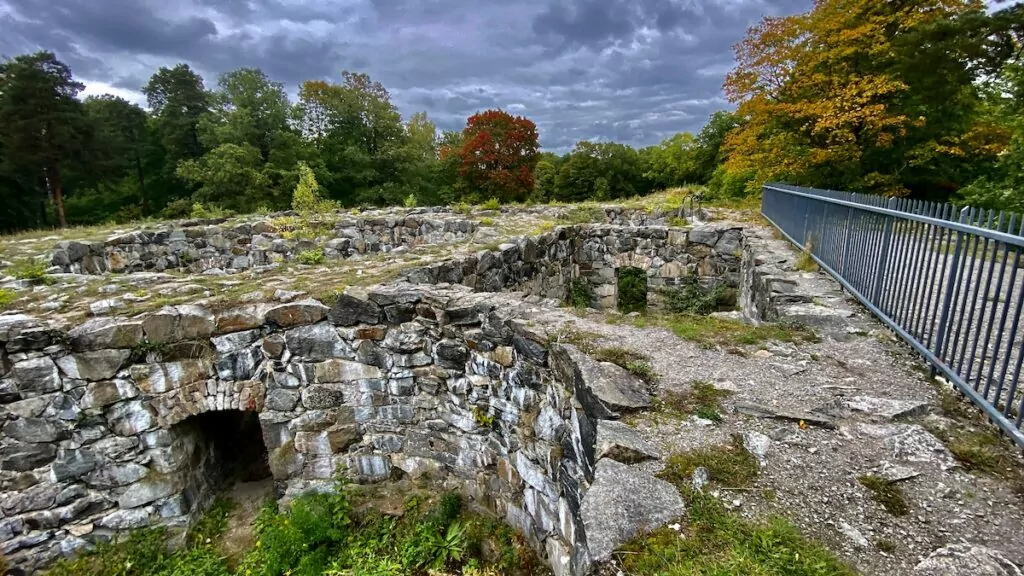
Find here: Haga Castle Ruin is located in Solna, Stockholm, in the Haga Park.
19. Jönköping Castle ruins in Jönköping
In the 13th century (Jönköping House) a Franciscan monastery was built in Jönköping, but after the Reformation the building became a royal castle and an important border fortress. In 1439 it hosted a meeting of Swedish and Danish representatives who deposed Erik of Pomerania.
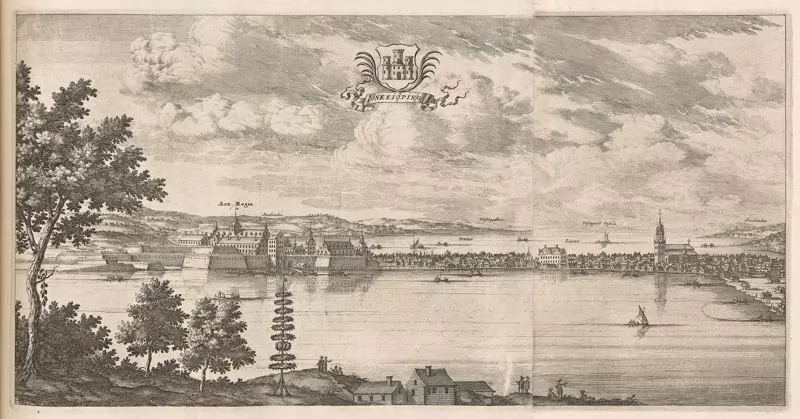
In 1556, on the initiative of Gustav Vasa, the castle was rebuilt as a fortress and in 1567 both the castle and the town were burned to the ground in the face of a threatened Danish attack. For 30 years the castle lay in ruins, but in the early 17th century it was rebuilt into one of the country's largest fortresses, covering an area of 10 hectares.
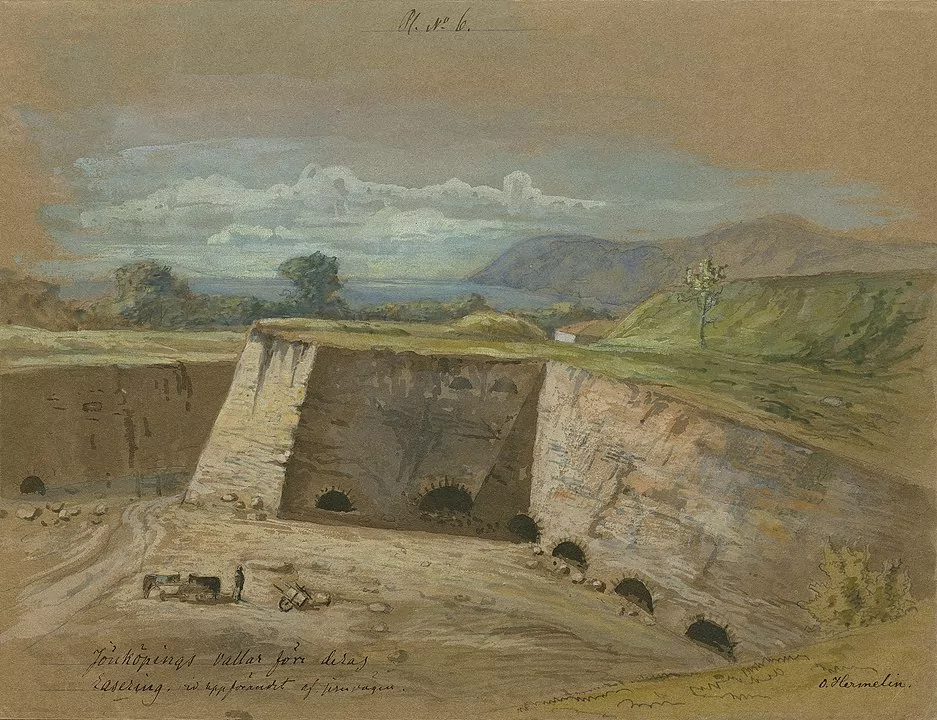
In 1737, the entire castle burned down and was never rebuilt. All you can see today are some small ruins behind this window - a window to history.
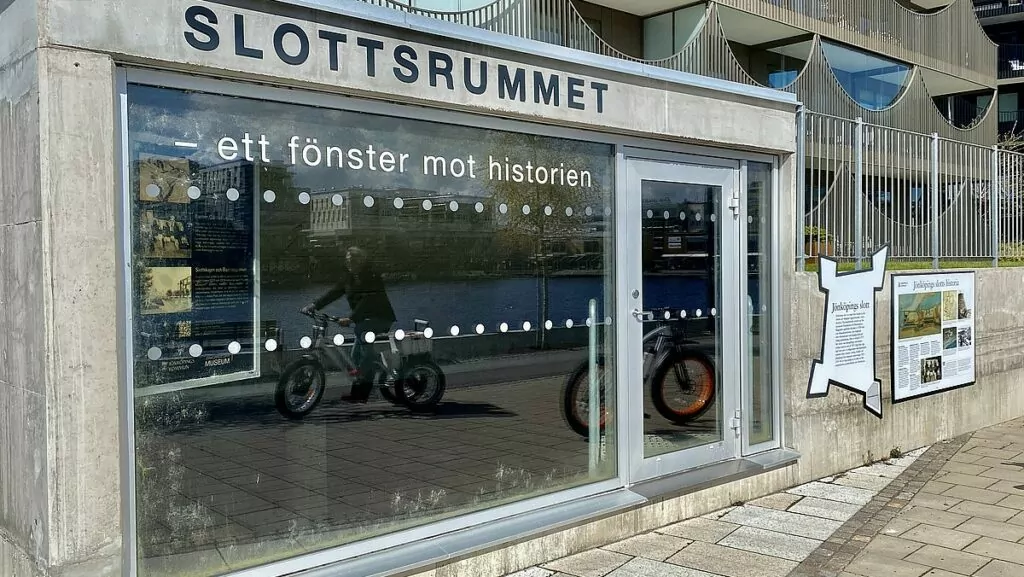
Find here: Along the quay on Norra strandgatan, where part of the police station is located today, are the remains of Jönköping's castle ruins.
20. Näs castle ruins on Visingsö island
Näs castle was built in the 12th century and was one of Sweden's first castles, national castle and national bank. In 1318 the castle was pledged by King Birger Magnusson to the Danes. The castle was burned down after battles in 1318 when King Birger was in exile.
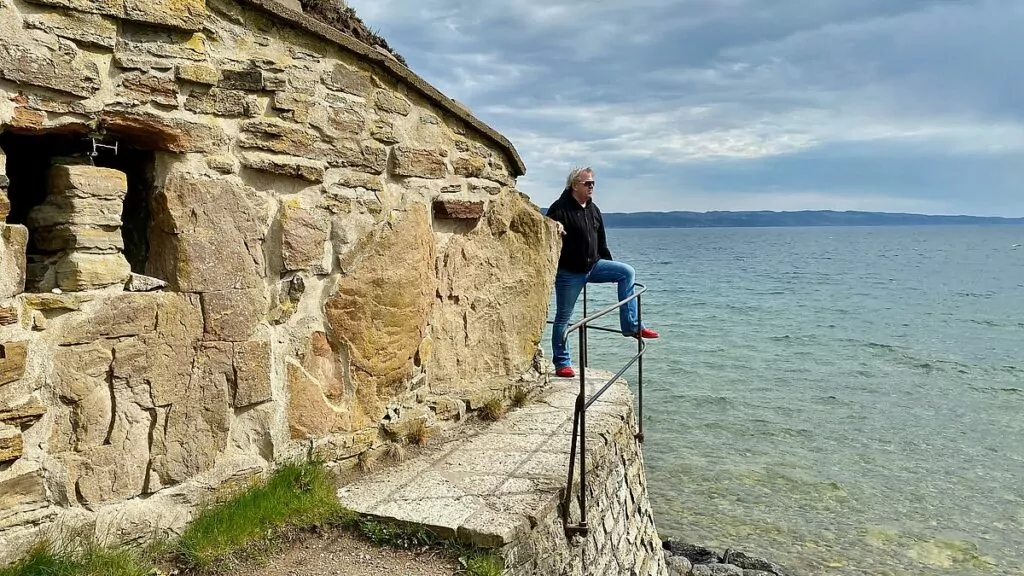
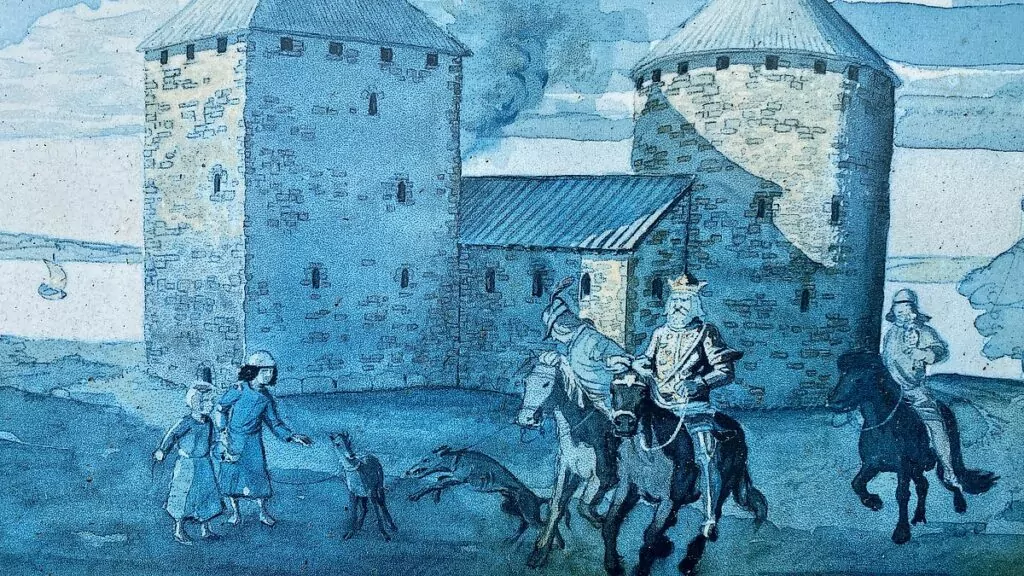
The castle was burnt down in 1318 during a battle for royal power. The castle had a strategic location at the southern tip of Visingsö, and there are stories about the treasury that was placed here.
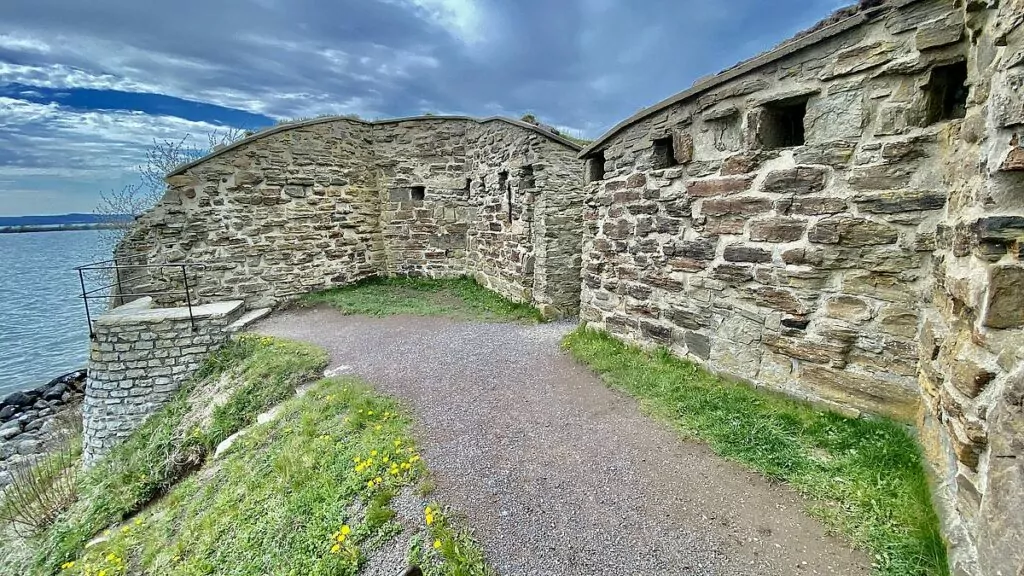
Names mentioned here are Näs castle ruin, Visingsö castle, Näs castle ruin and Näsborg.
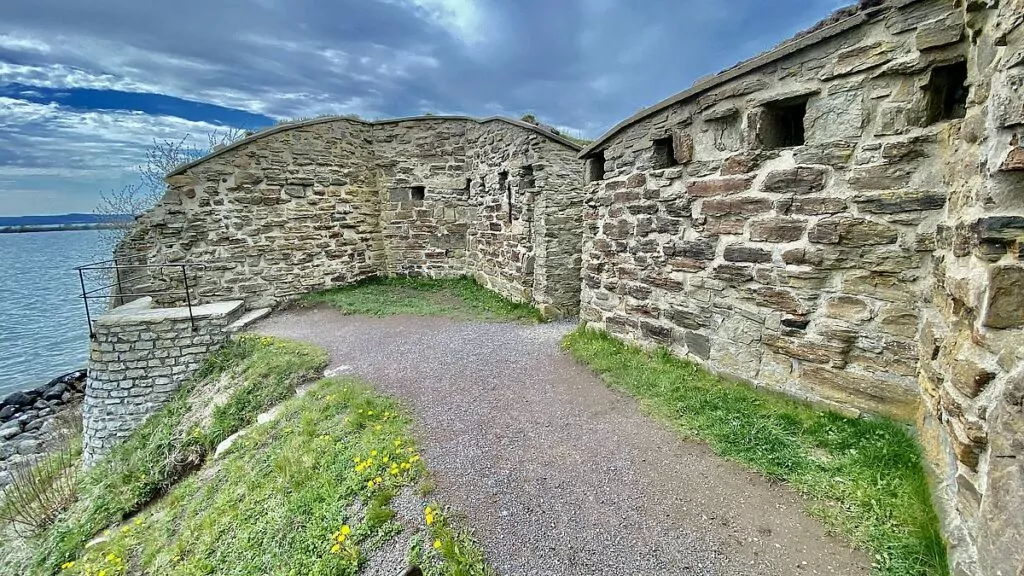
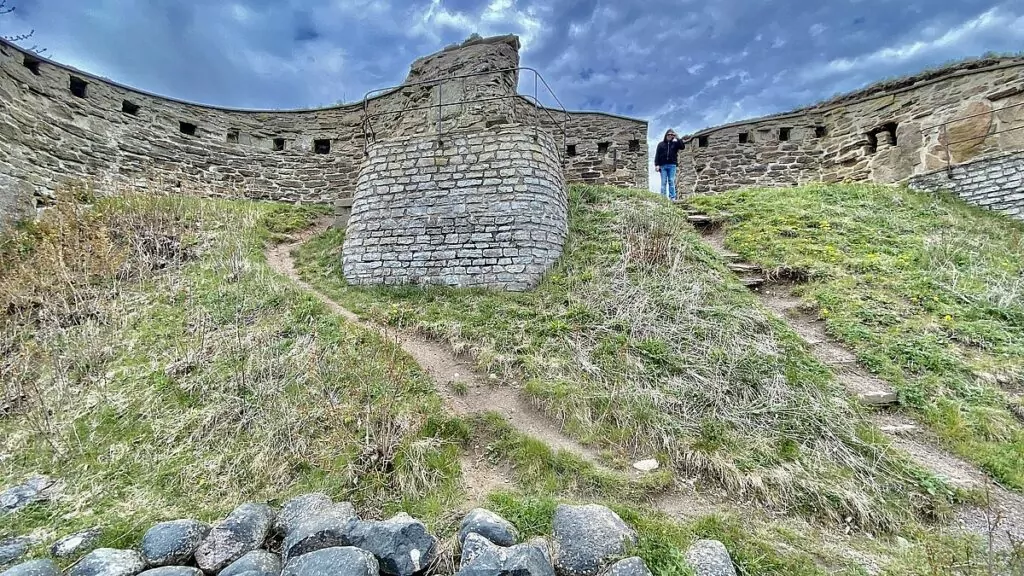
Find here: Take the car ferry from Gränna to Visingsö, which takes about 20 minutes, and drive or cycle along the south-facing headland.
21. Vasaborgen - ruined castle in Uppsala.
The construction of Vasaborgen began in 1549 as part of a series of Vasaborgs to protect contemporary Sweden. In 1567, the first parts were completed and in the same year the famous Sture murders occurred in the castle's dungeon. The castle burned on 23 April 1572 and was rebuilt as a Renaissance palace by Johan III.
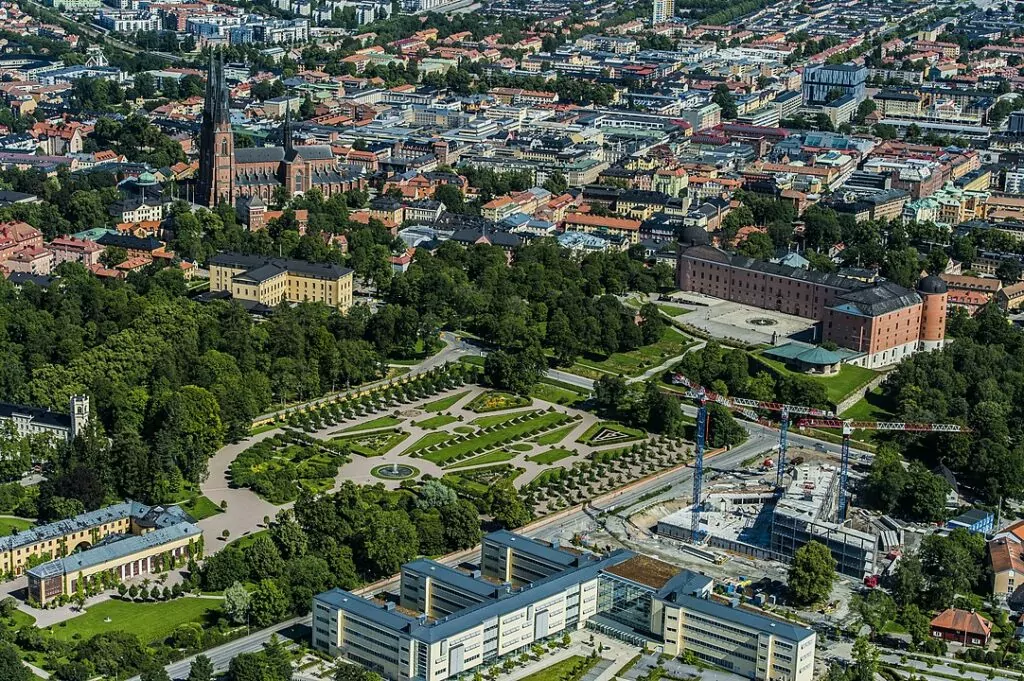
In 1702, Uppsala suffered a major fire which also affected the castle. In 1744, the wooden castle was shortened and in 1762 the construction was cancelled due to lack of funds.
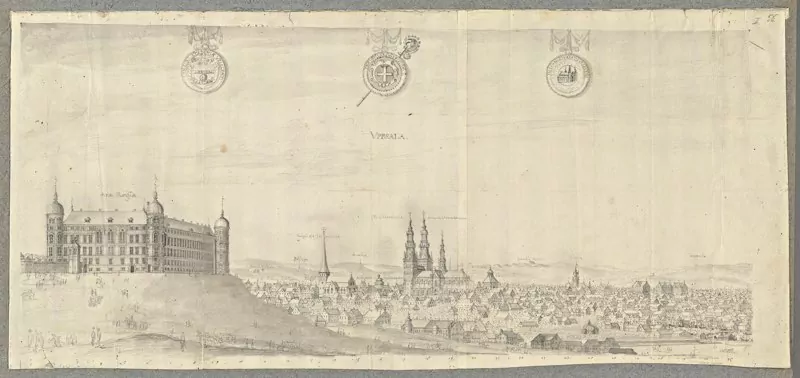
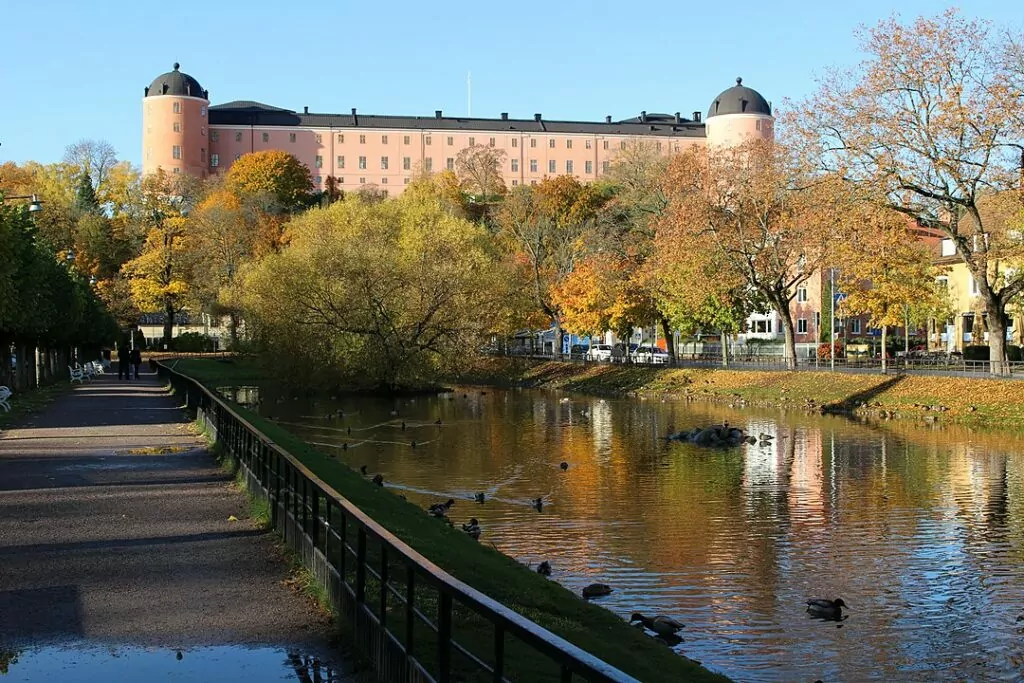
Find here: Uppsala Castle Ruin is located in old Uppsala on Kaseåsen.
I haven't found any more castle ruins in Sweden, but maybe there are some more?
- Hultaby castle ruin outside Vetlanda barn Ann-Louise Paulsson to.

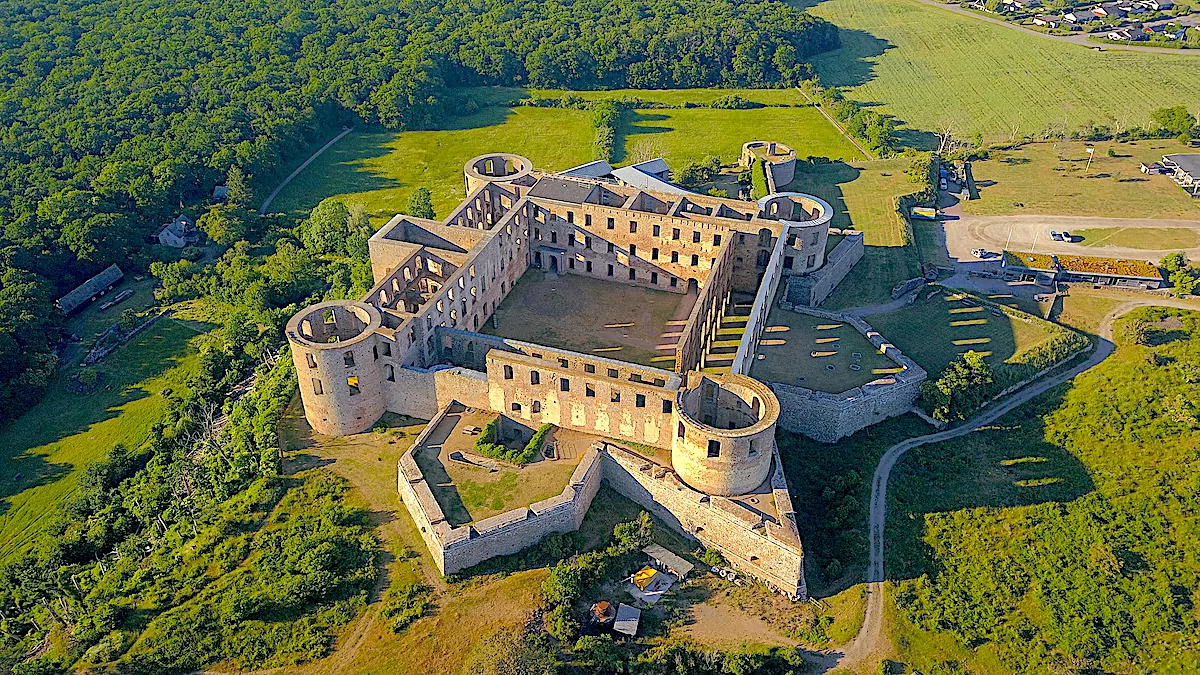







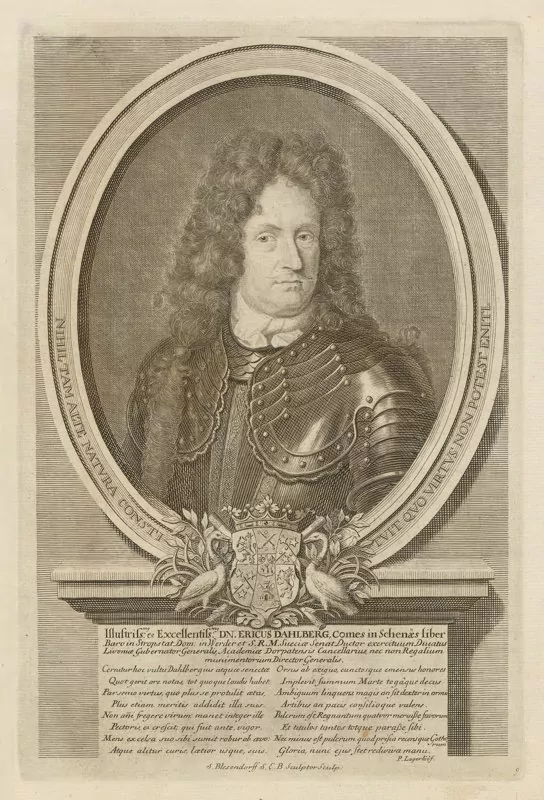



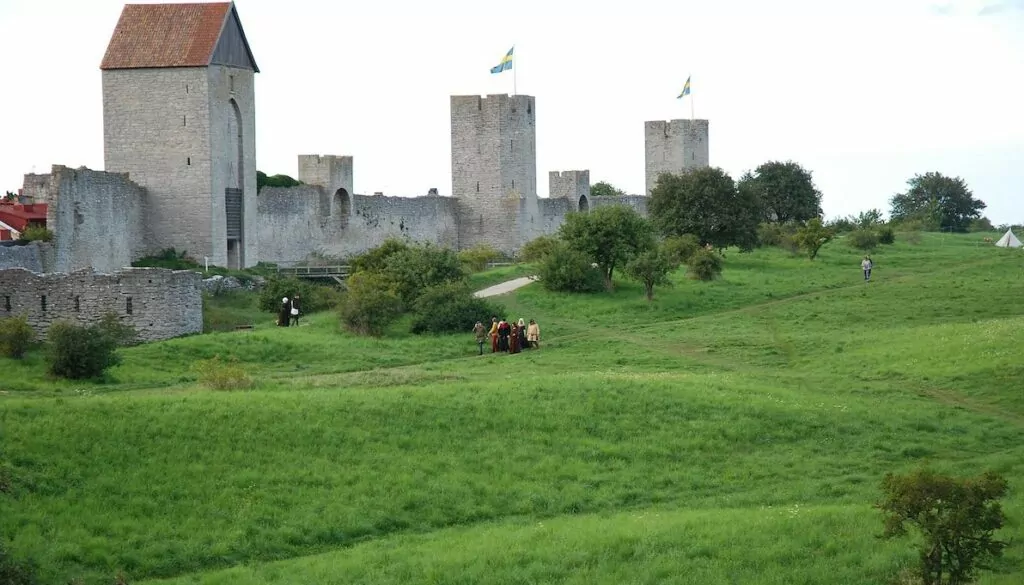
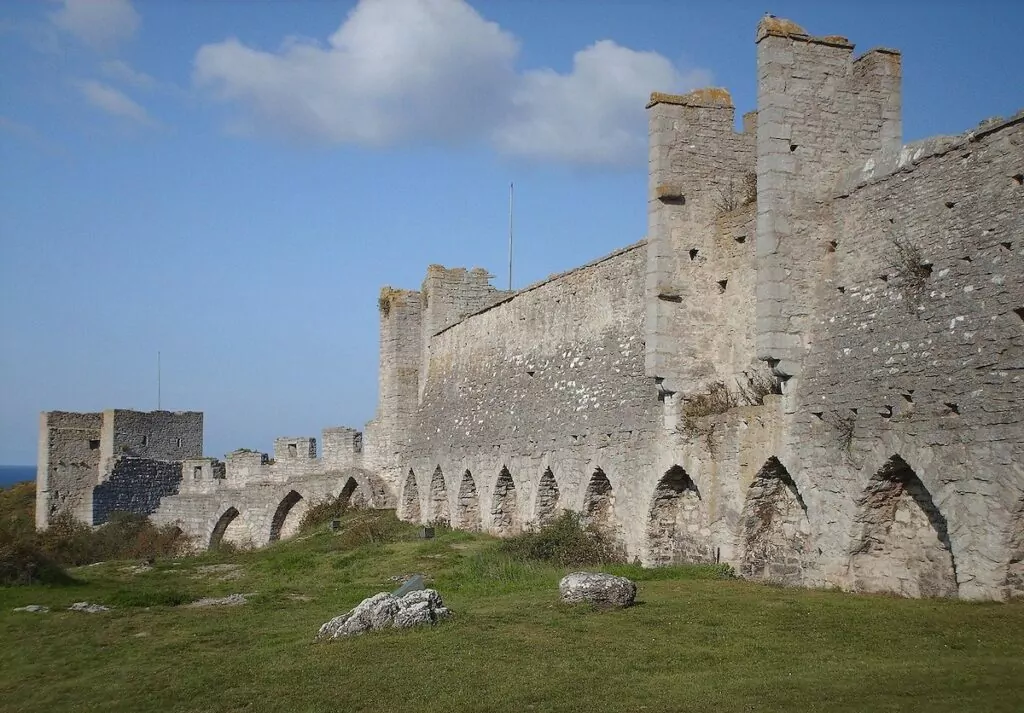
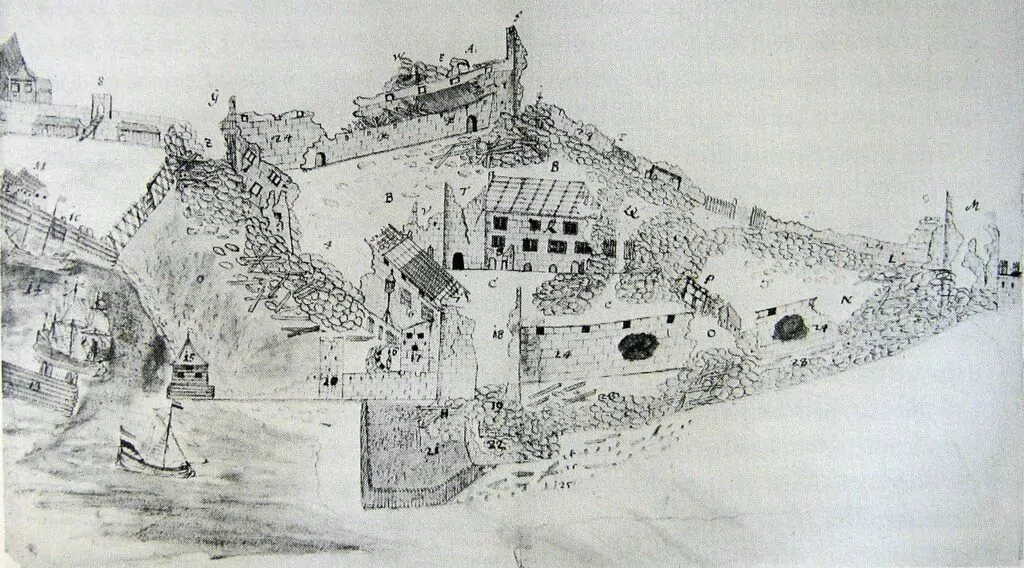
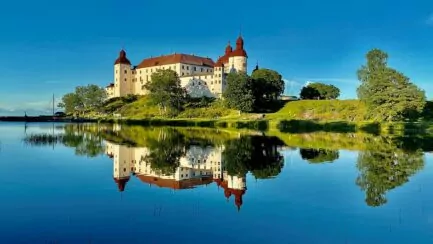
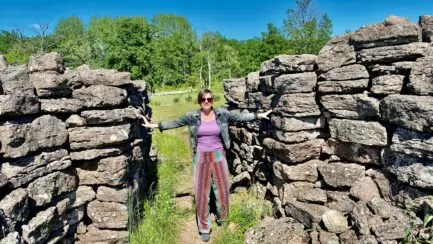
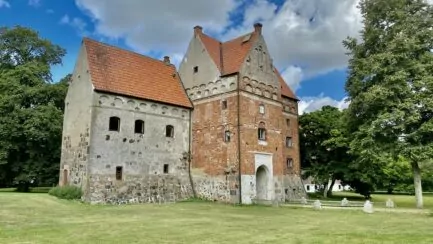
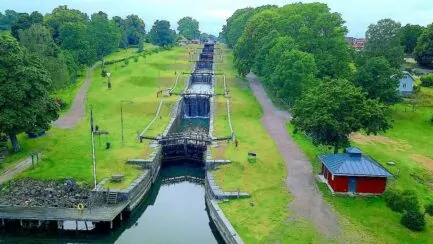
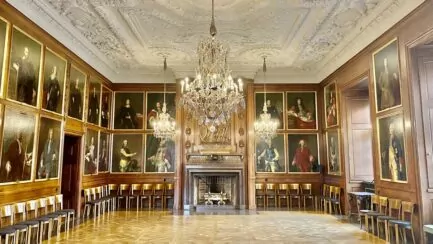



4000mil says:
Interesting with all the castles yesterday and ruins today. Have visited some of them, but most not. When I was a child I always preferred the ruins, thought they were more exciting, but Kalmar Castle changed that. There I was completely sold.
I can contribute a shard of facts. Sweden's northernmost (real) castle is in Gävle.
02 January 2022 - 10:38
Peter says:
Hello Gunilla and good continuation. We have been on the way several times to see and write about Gävle Castle, and of course we will do that. My mother lives up there so we will pick it up in the spring, because now we have no car because it is cancelled in the spring.
Say hello to the old man and take care of yourself.
Peter
02 January 2022 - 15:38
Ann-Louise Paulsson says:
I love castle ruins (and ruins in general) so it's nice to have a post with so much inspiration. Not far from Eksjöhovgård is another castle ruin, Hultaby castle ruin which I wrote about here: http://www.stadtillstrand.se/2019/07/13/hultaby-slottsruin/.
02 January 2022 - 13:20
Peter says:
Hi Ann-Louise!
What fun that you write and I had really missed this one. Now there will be a new mission in the spring when we go down the country. We have promised to go past Glasriket again and we have more to see and write about in Sweden. I wonder if there are more castle ruins?
Keep up the good work and thank you for the tip.
Peter
02 January 2022 - 15:33
Jan-Erik Ståhlberg says:
yes there are many more than what they show here
but maybe not so big, but we have in Skåne several castle ruins a little bigger and some have only some remains left.
these are the largest
Gyllebo castle, ruin,
The gables of Månstorp,
Lillö borgruin,
Åhus castle ruins,
02 July 2022 - 23:53
BP says:
So before you started visiting all the castles, I didn't even know there were so many in Sweden. Now I know. And you haven't even been north of Gävle. I wonder if there are castles in northern Sweden - oooops, I should know if I'm honest;-)
Great research on your part:-)
02 January 2022 - 16:24
Peter says:
Haha...Hi BP! The northernmost castle is in Gävle and that's why we don't have more. The Swedes have only built castles in the middle kingdom, then the Danes have built the rest in southern Sweden. We have built a lot of castles in Finland and think how much you learn every day. When we travelled in 2020 and 2021 in our country thanks to Covid, we picked up lots of things that we haven't had time to publish yet. We don't think that Sweden is as exciting as southern and eastern Europe, but Sweden has surprised us and we have a lot left.
Keep up the good work
Peter
03 January 2022 - 9:35
Lena+i+Wales+och+Spanien says:
How interesting! Must go back later and read everything carefully.
Yes, Erik Dahlbergh really had a lot of imagination and was not so careful with the truth. I don't know how it is with all the castles he wrote about, but Nääs Castle (which is shown together with Gräfsnäs) I know that very little is true.
Nice to see these old photos, just take it with a pinch of salt.
08 January 2022 - 9:55
Bara brittiskt says:
There were many acquaintances here (I love Stegeborg). Nyköpingshus, Kronoberg and Bohus have been close during my childhood. On Hisingen, by the way, the old border with Norway runs in the middle of a rocky forest. I came across it by chance once when we were walking around.
One you have forgotten is Stegeholm in Västervik. Today best known for the Visfestivalen.
03 April 2022 - 17:11